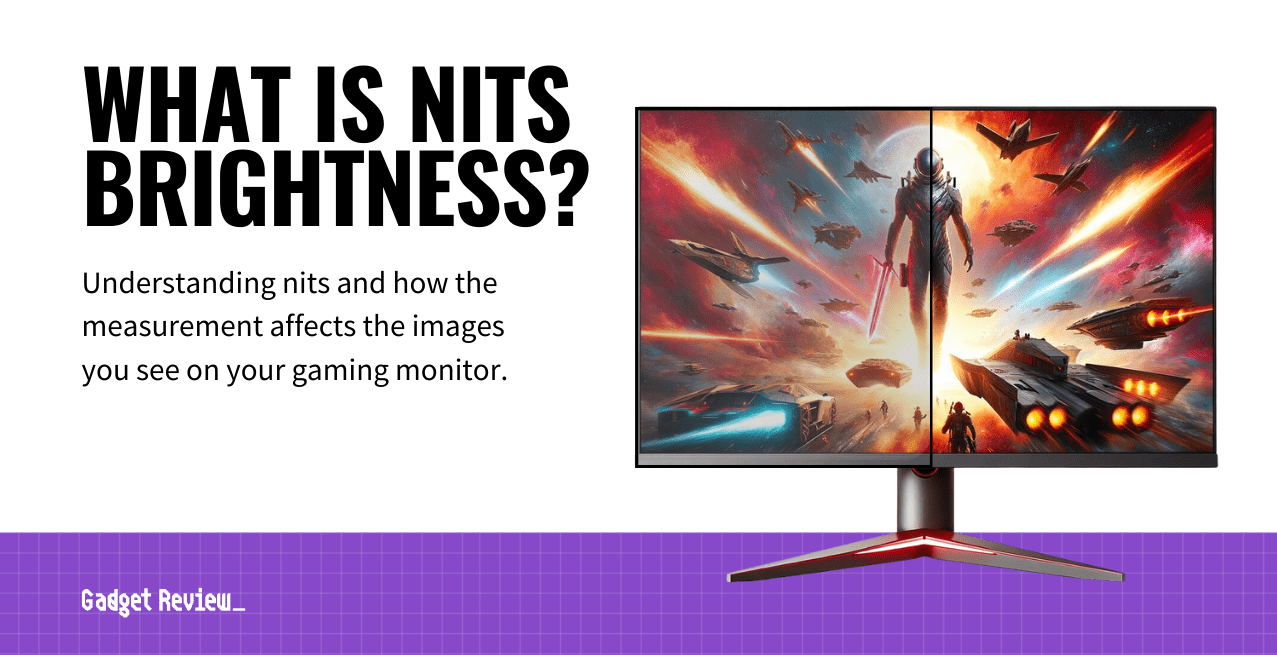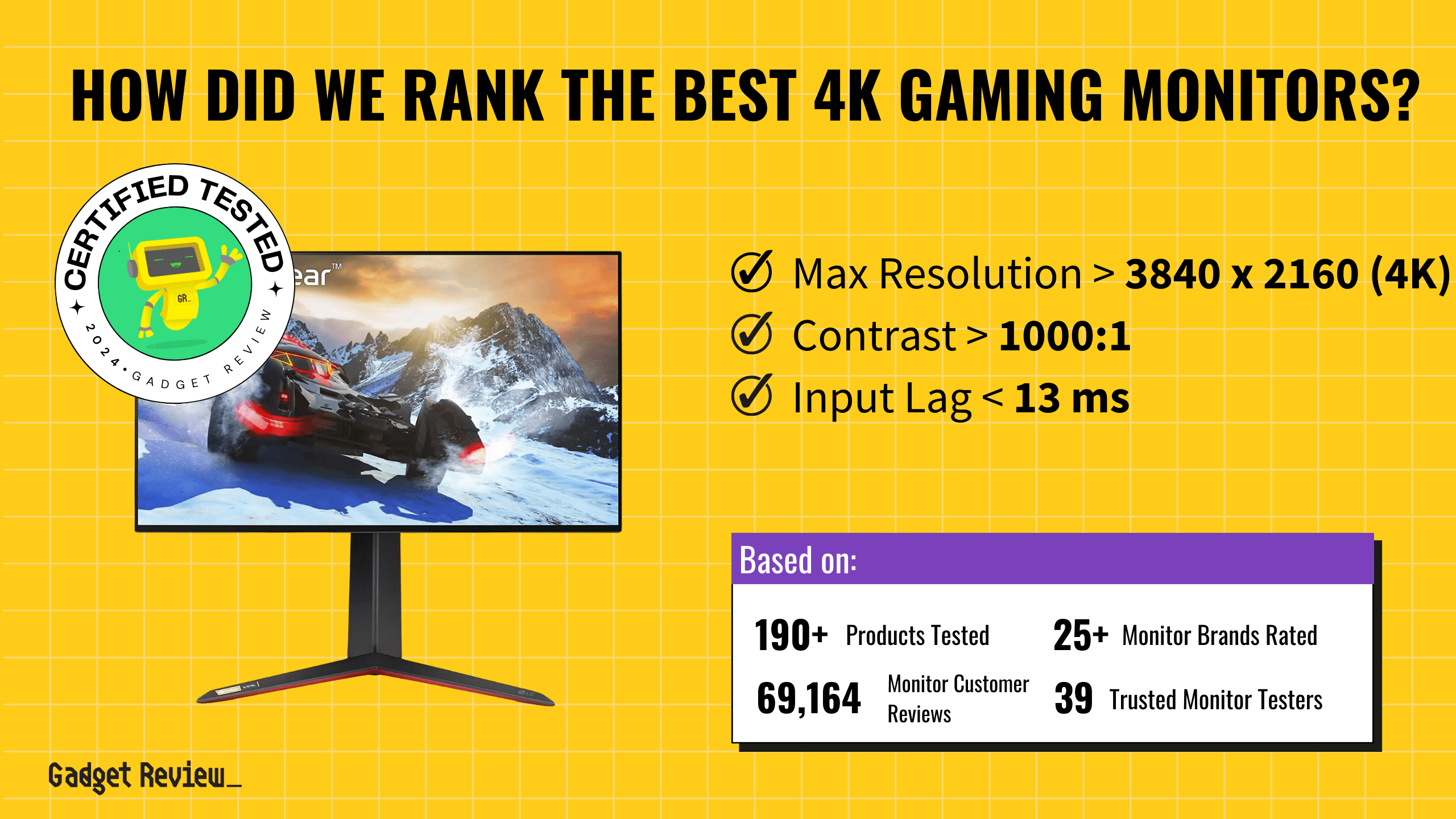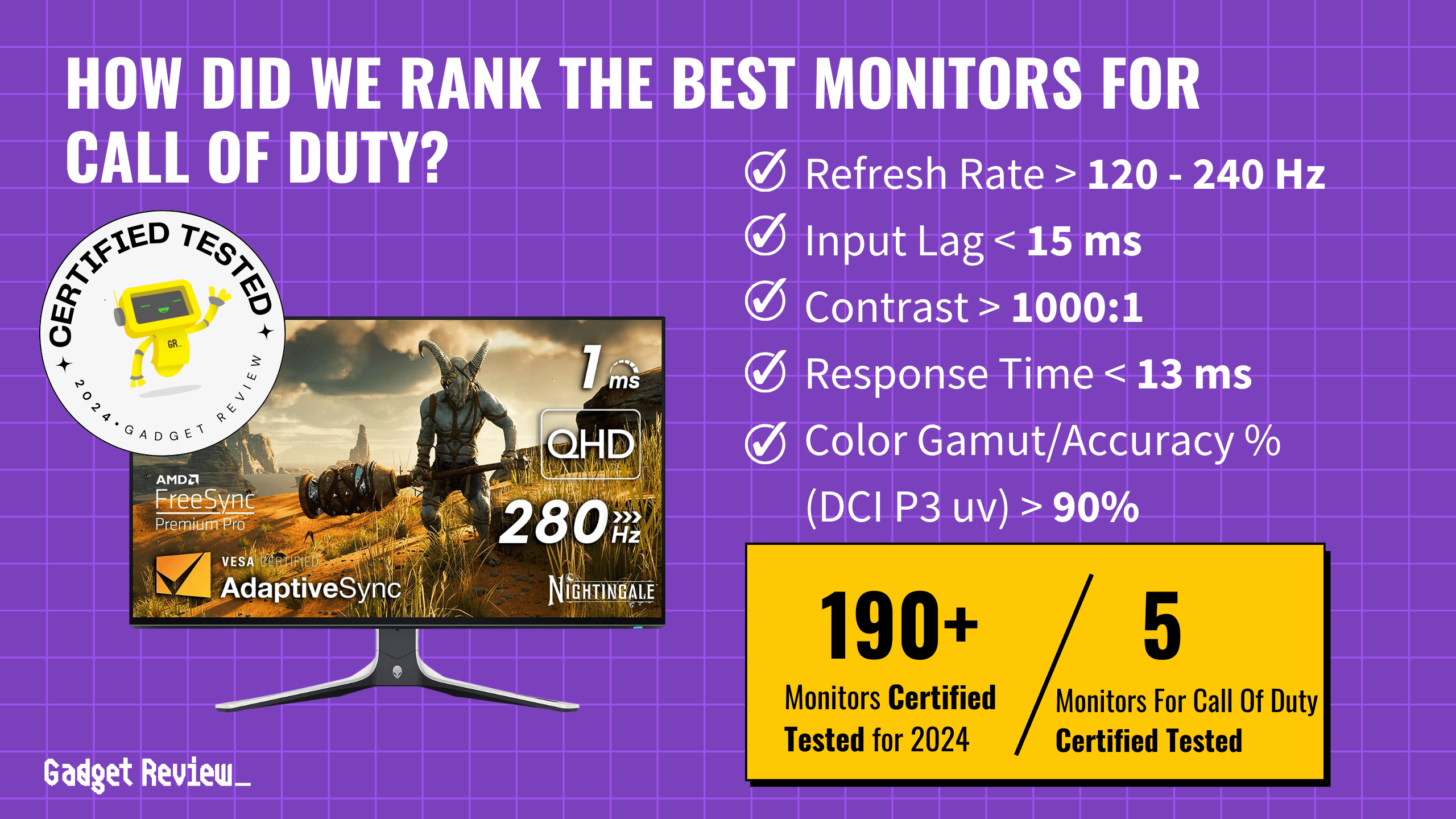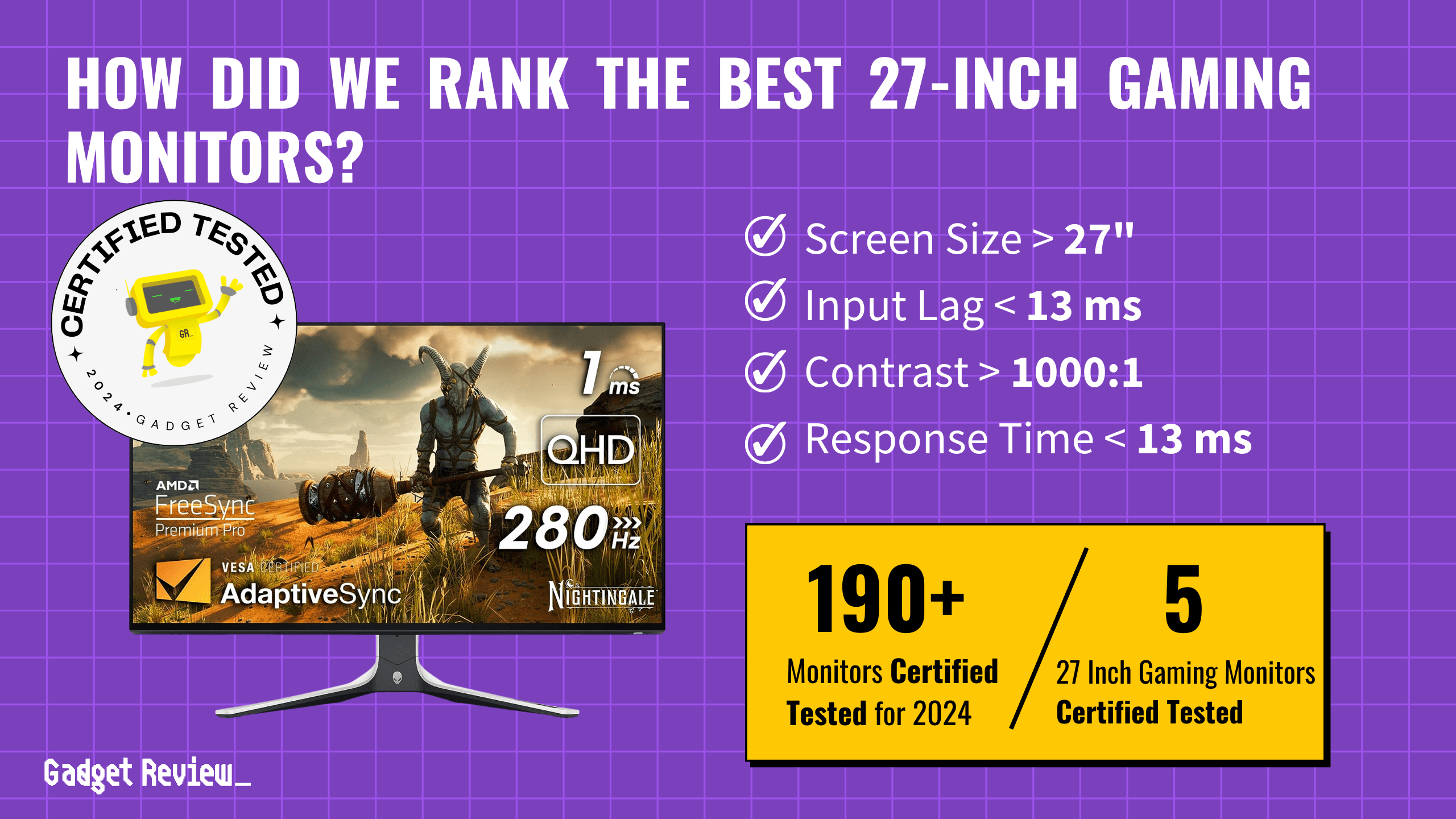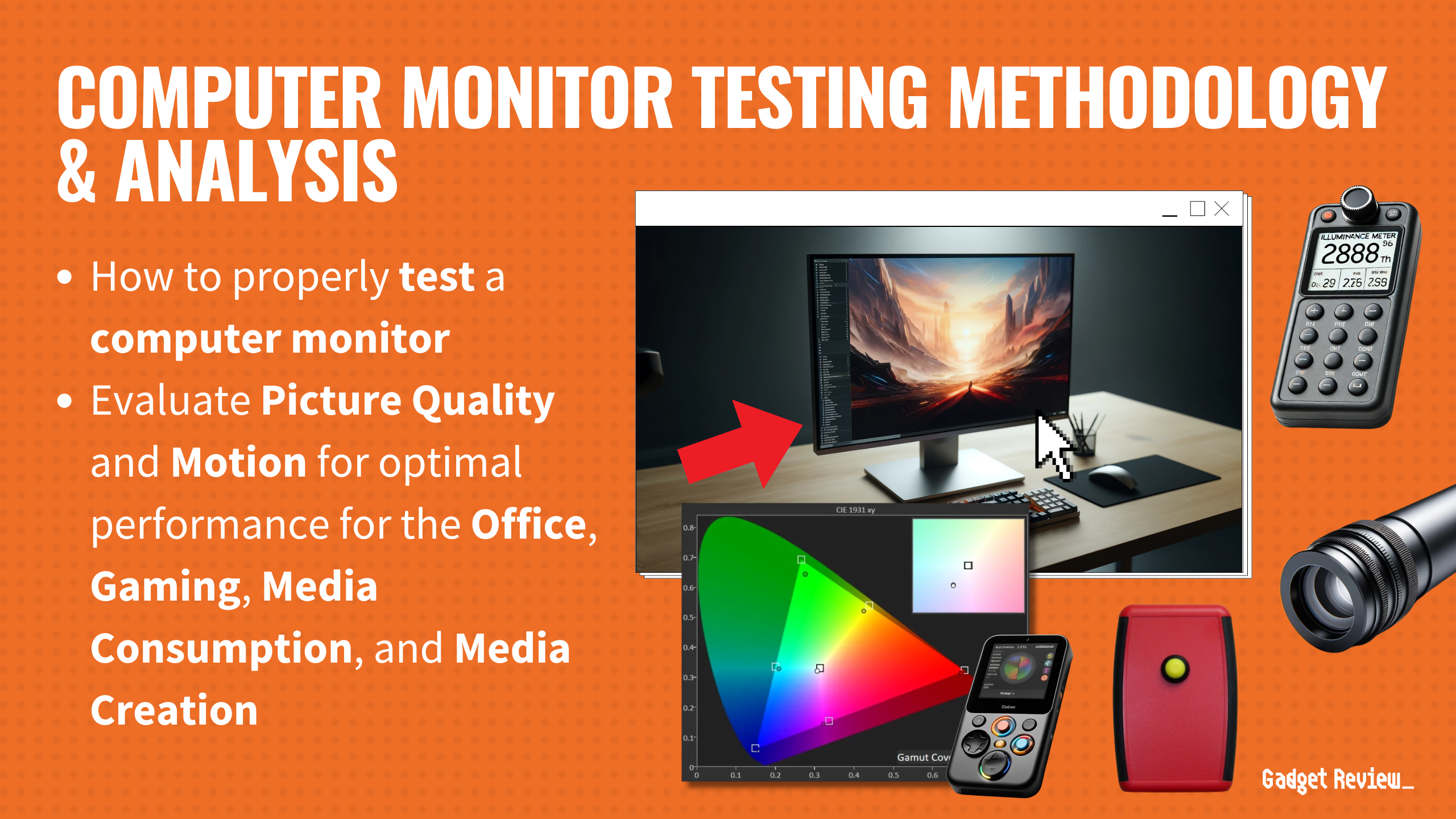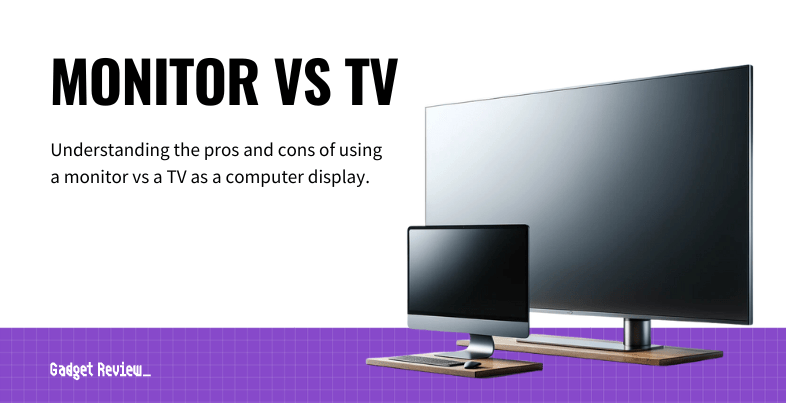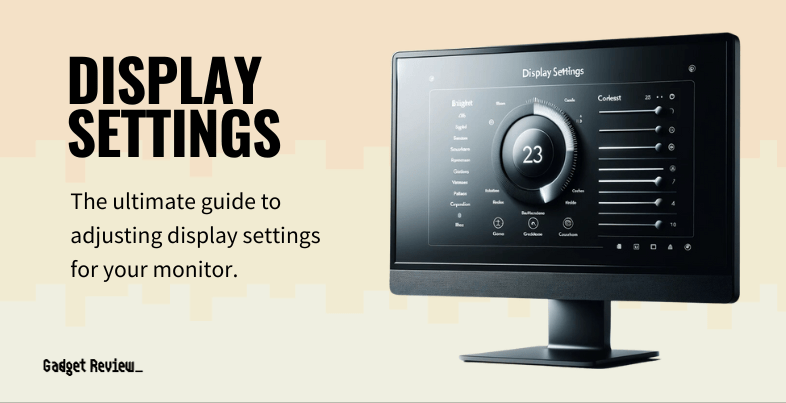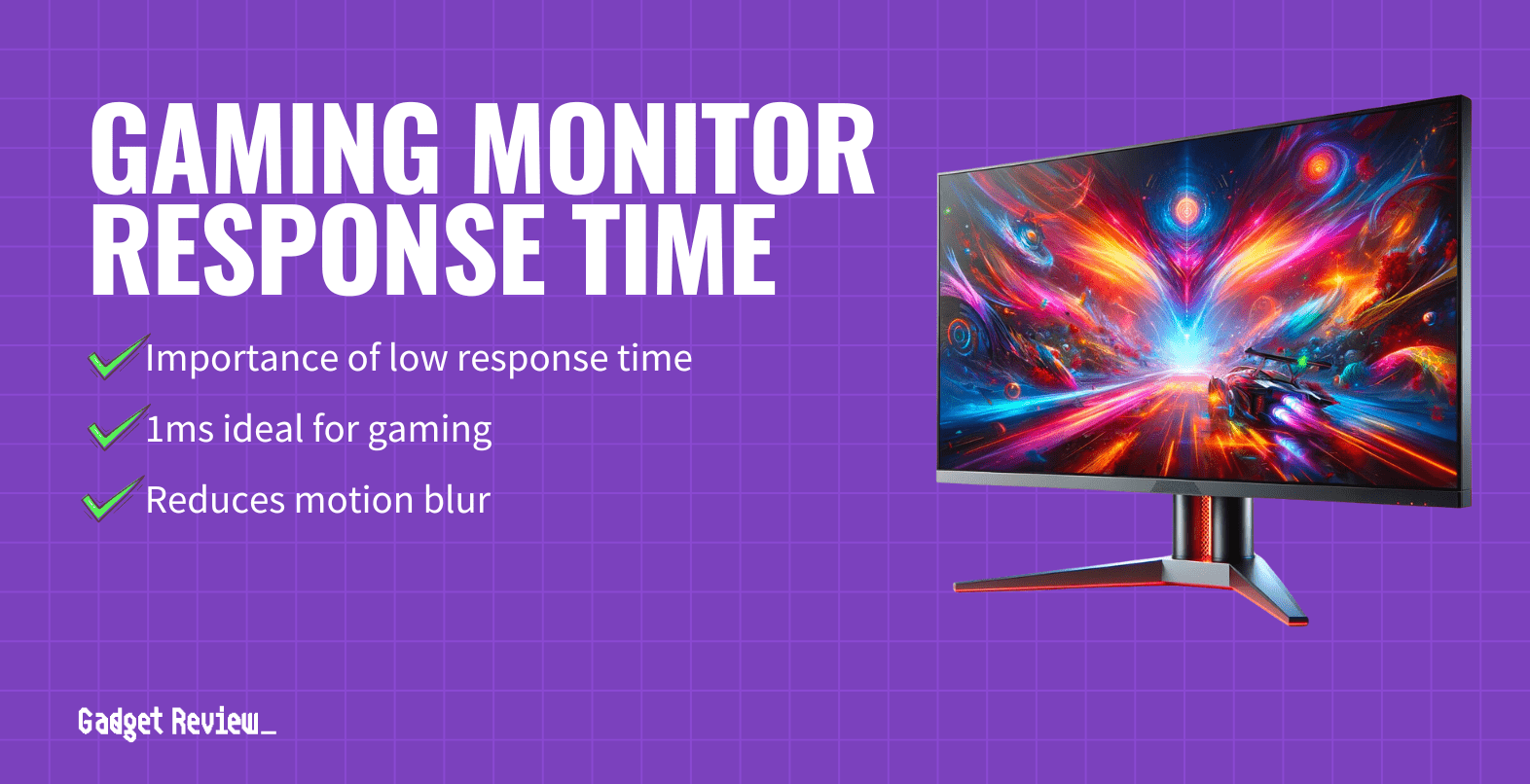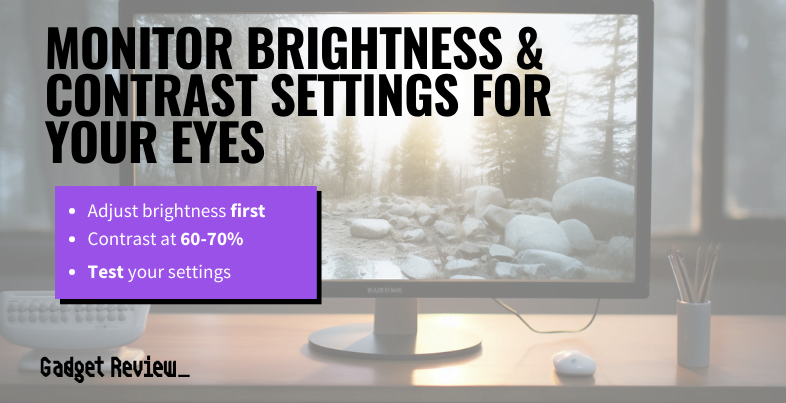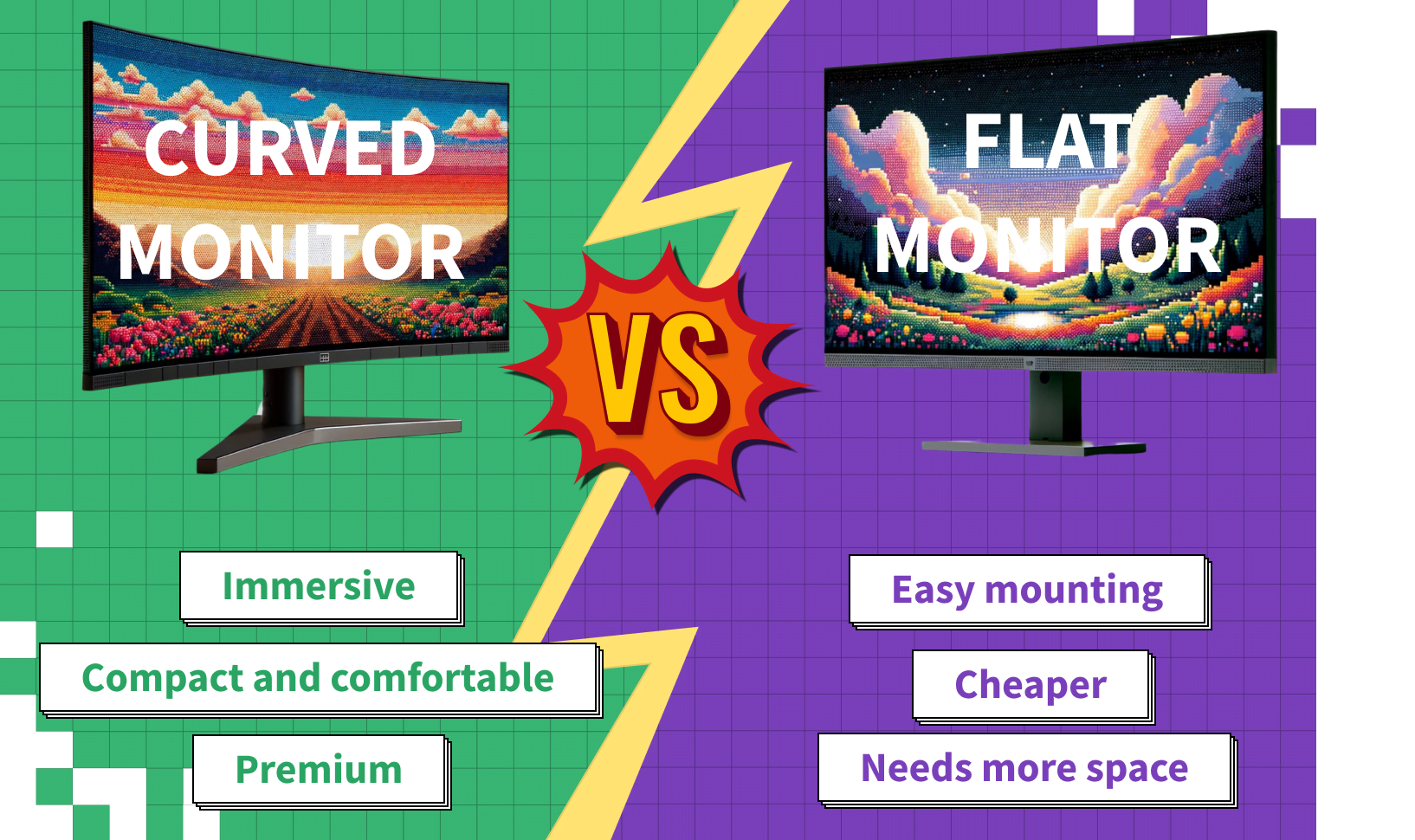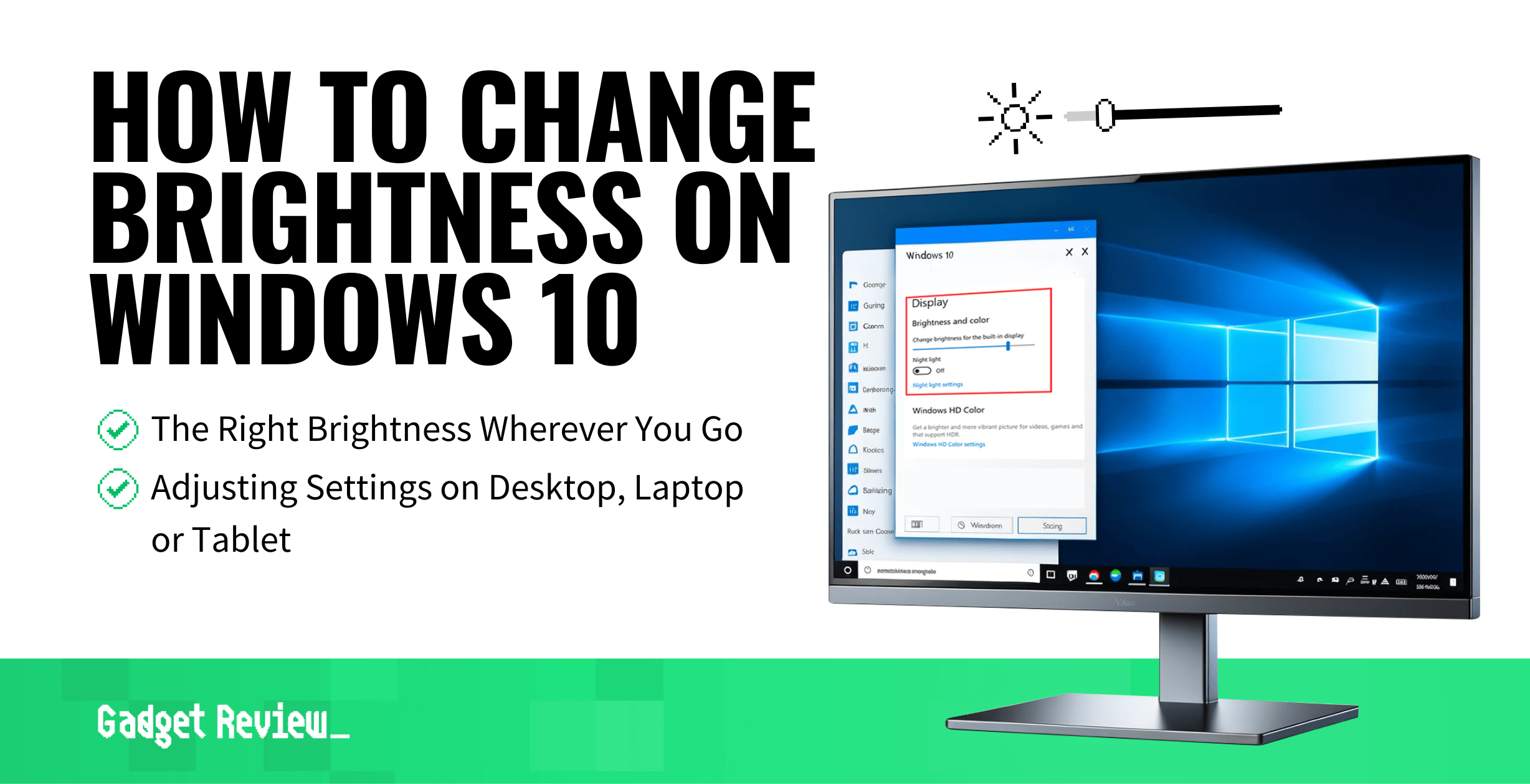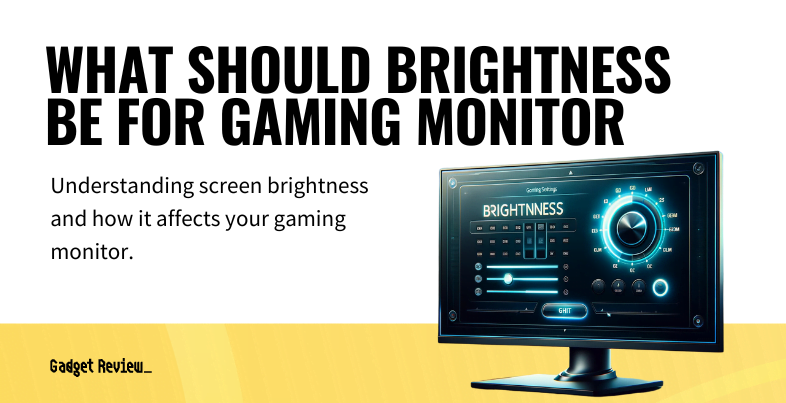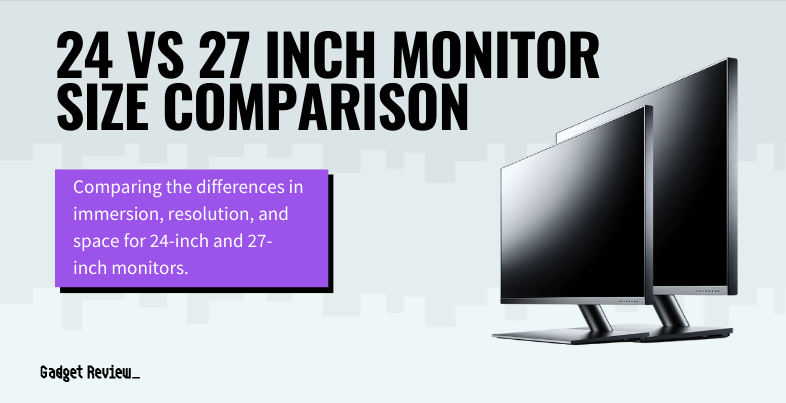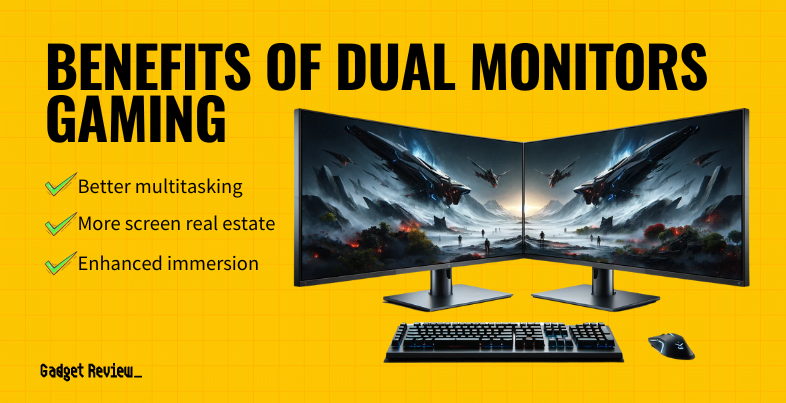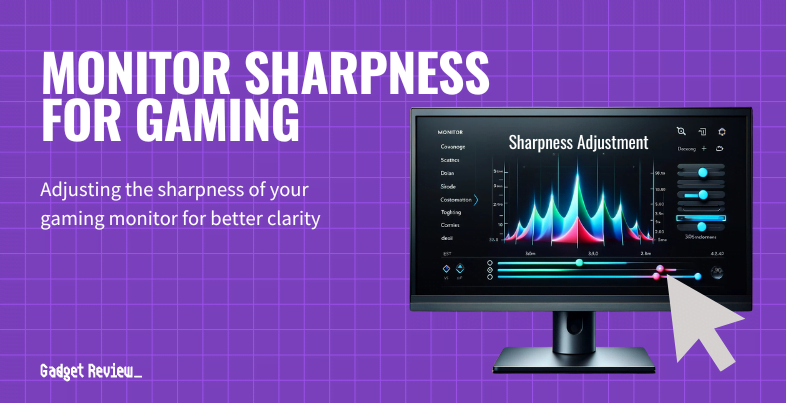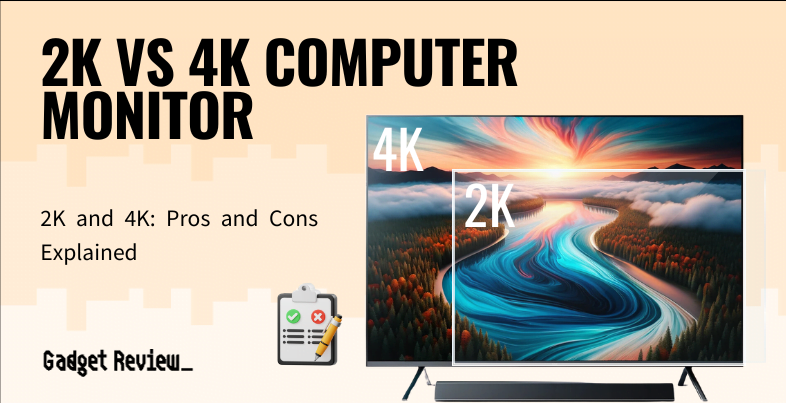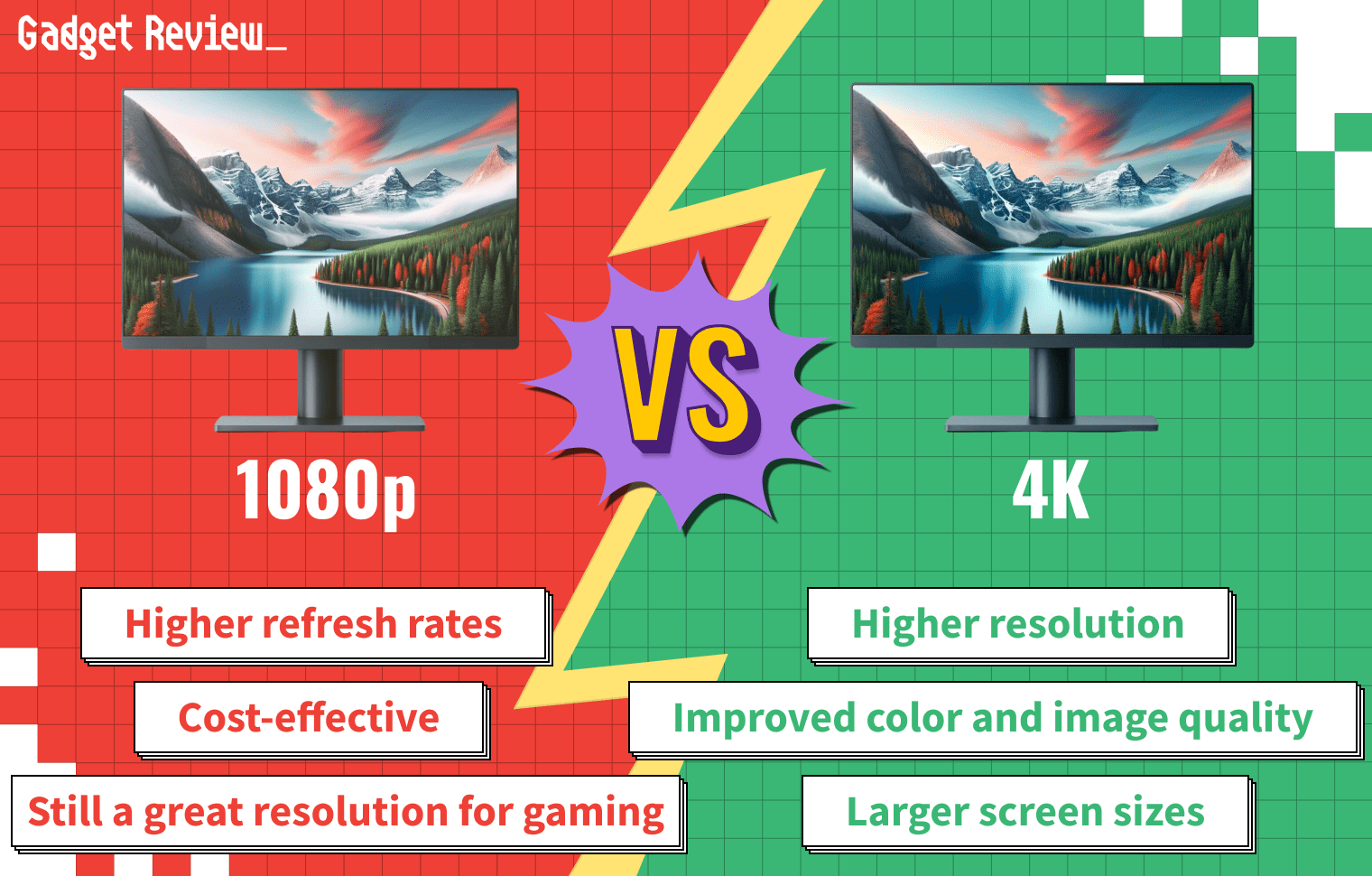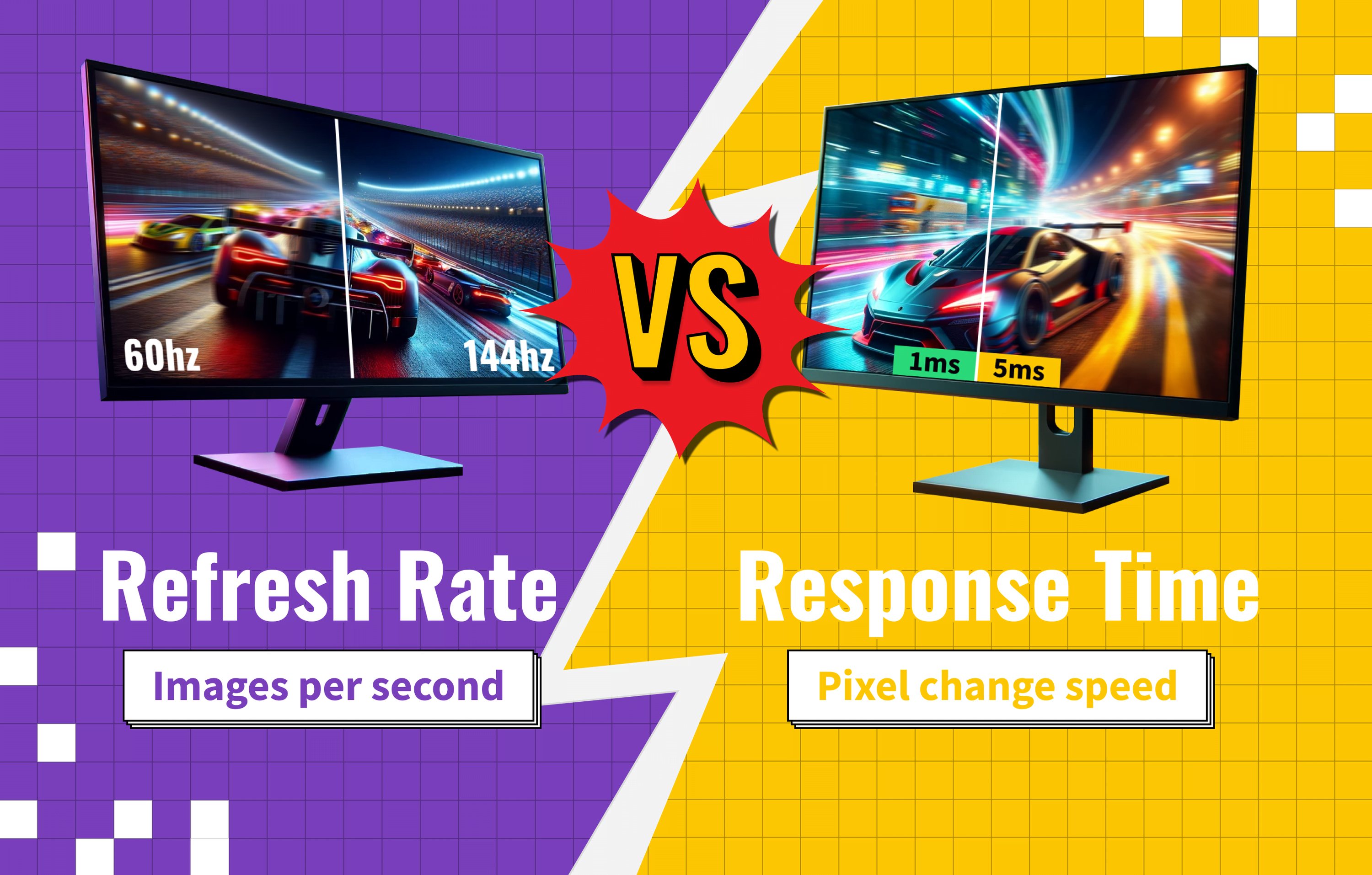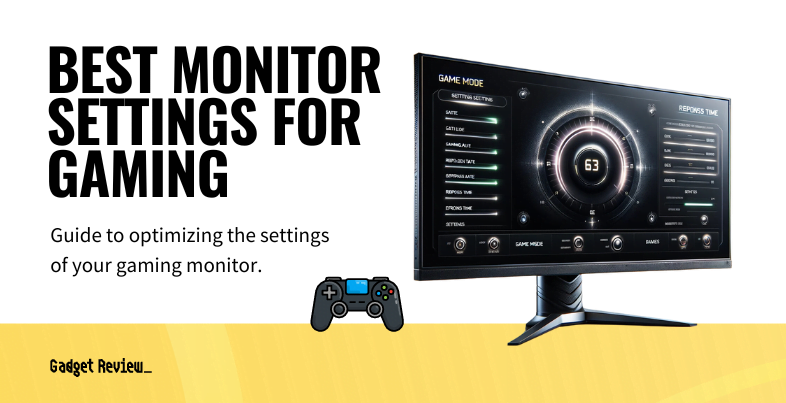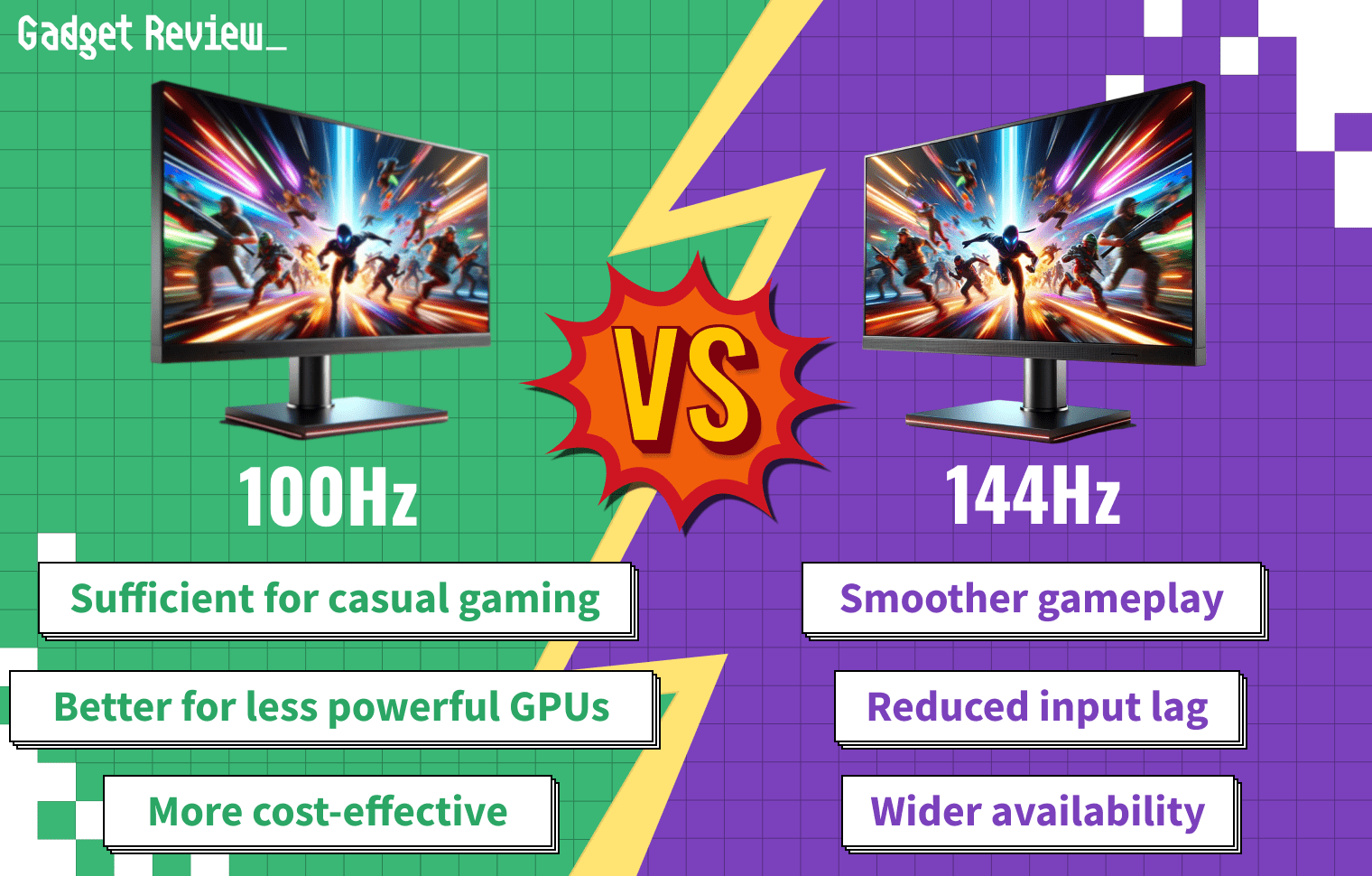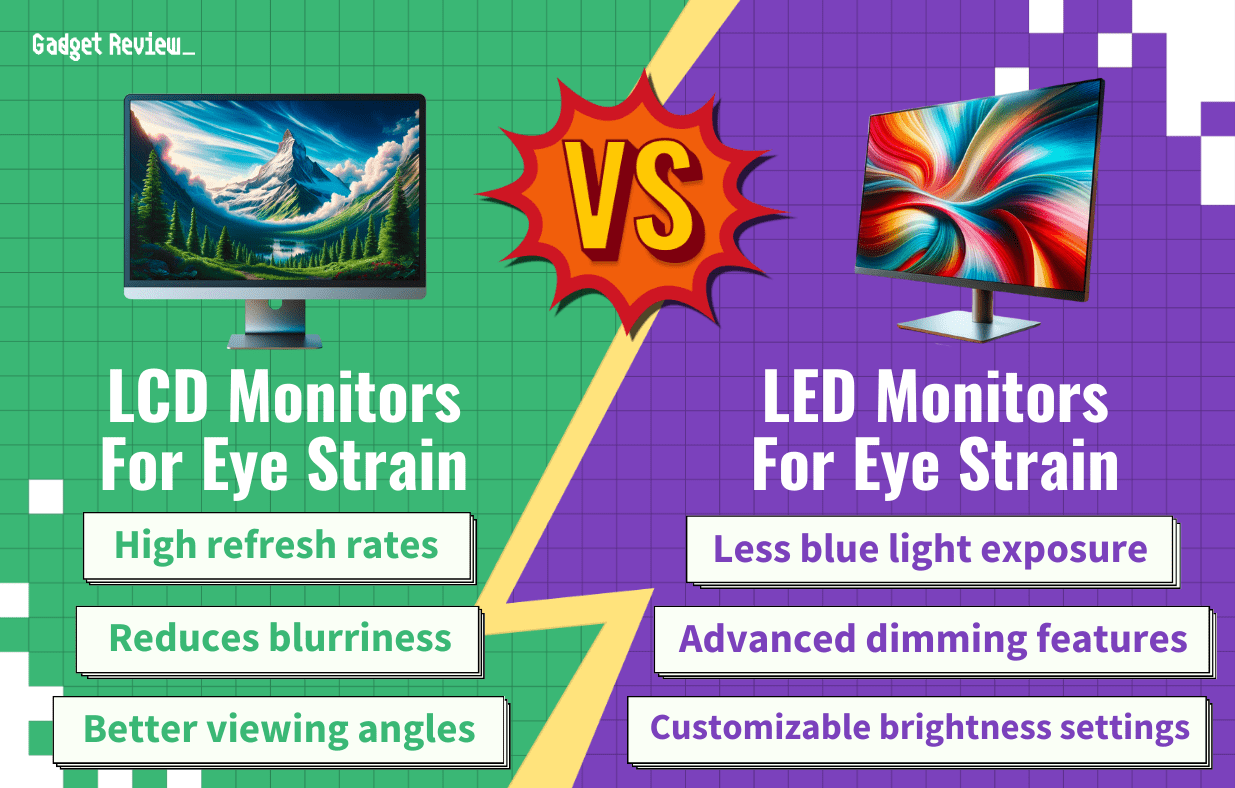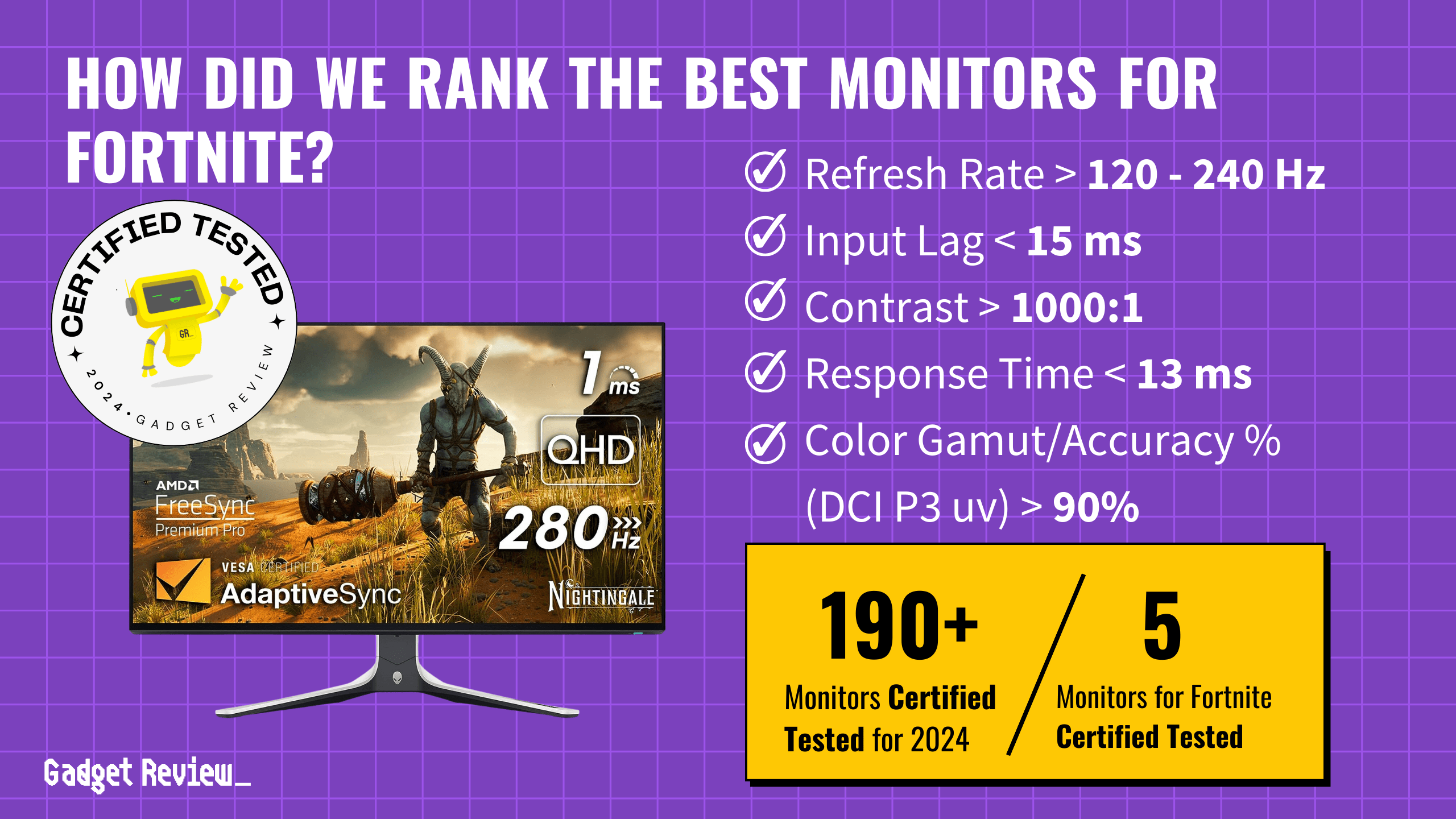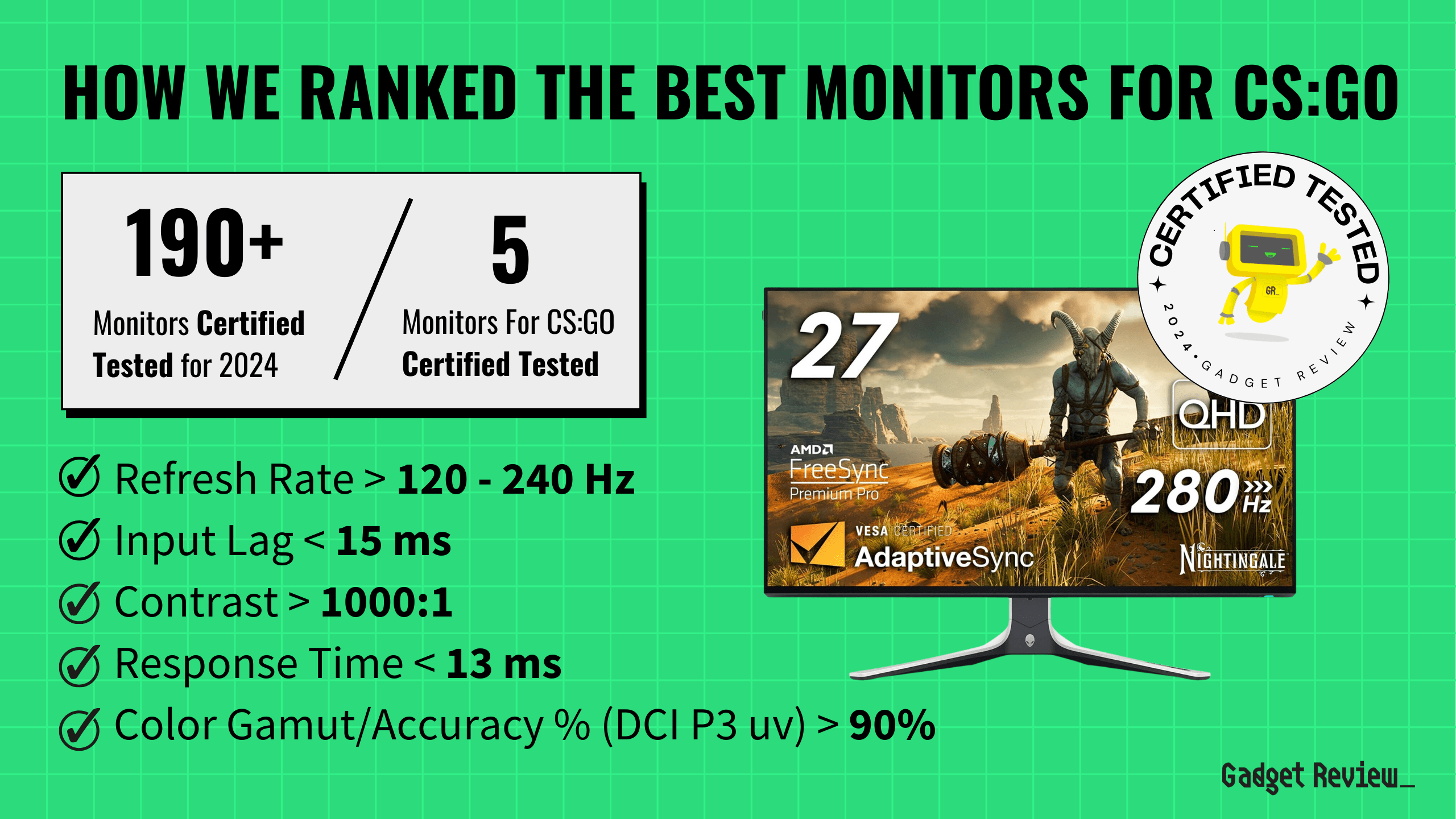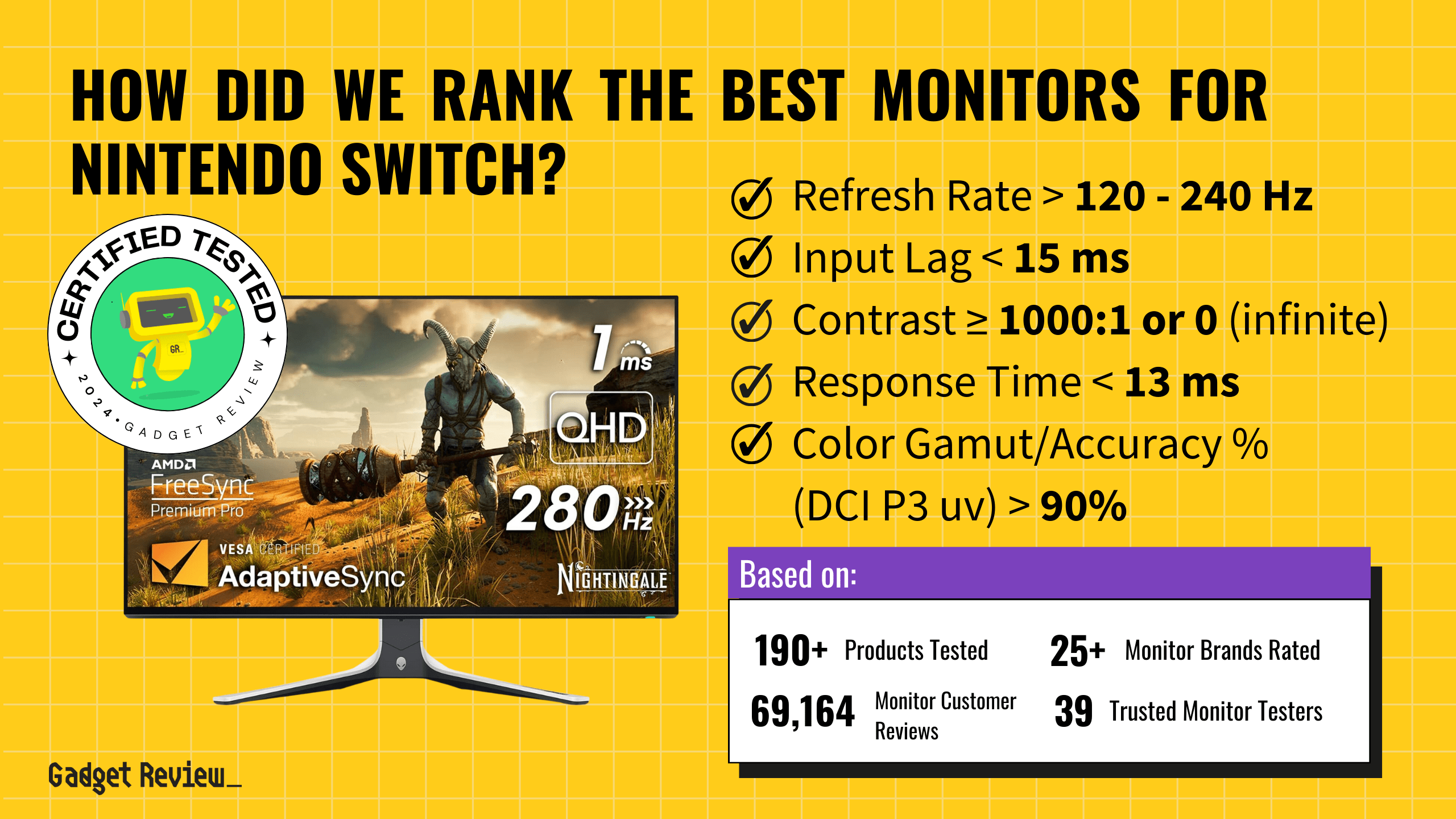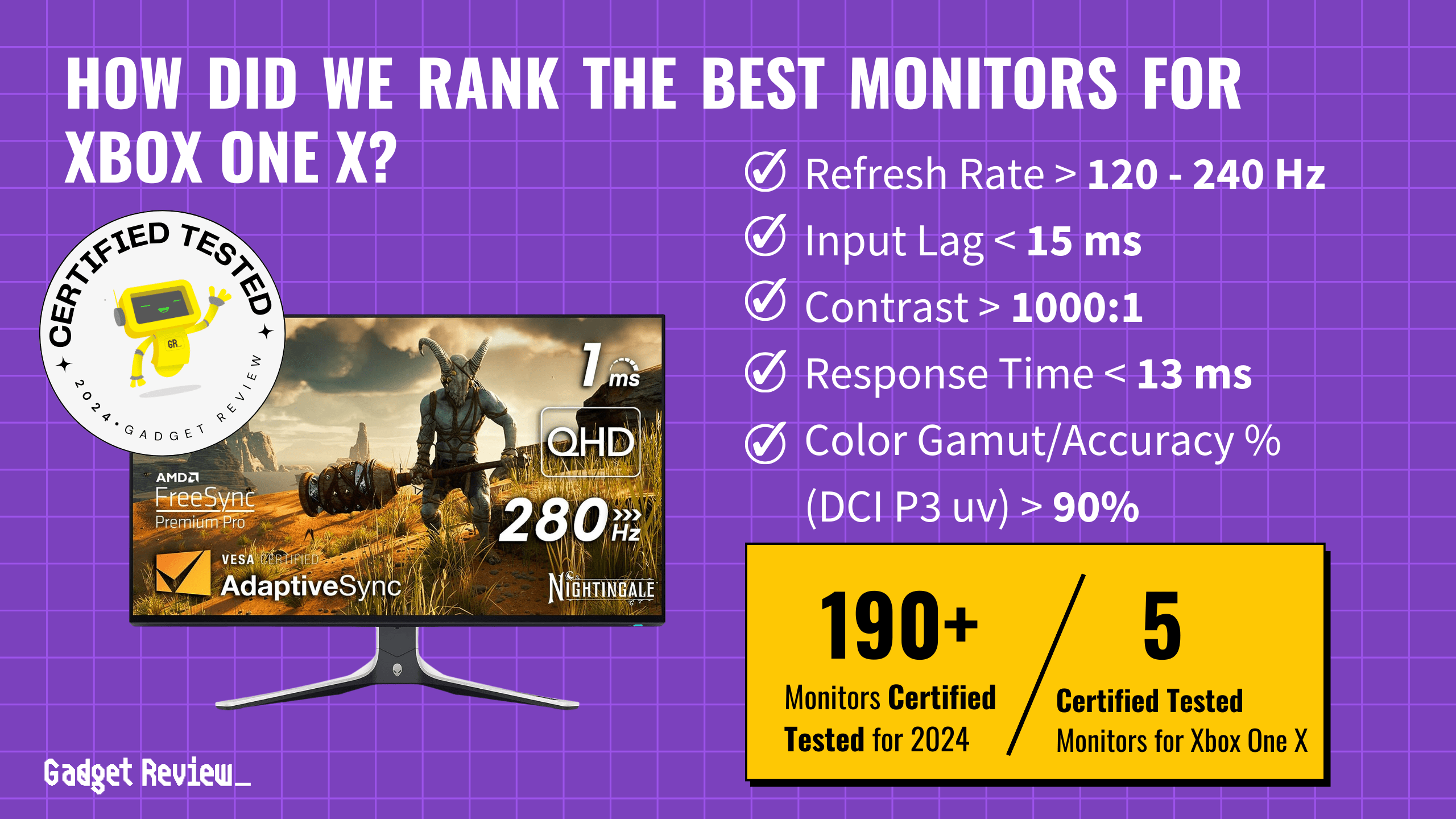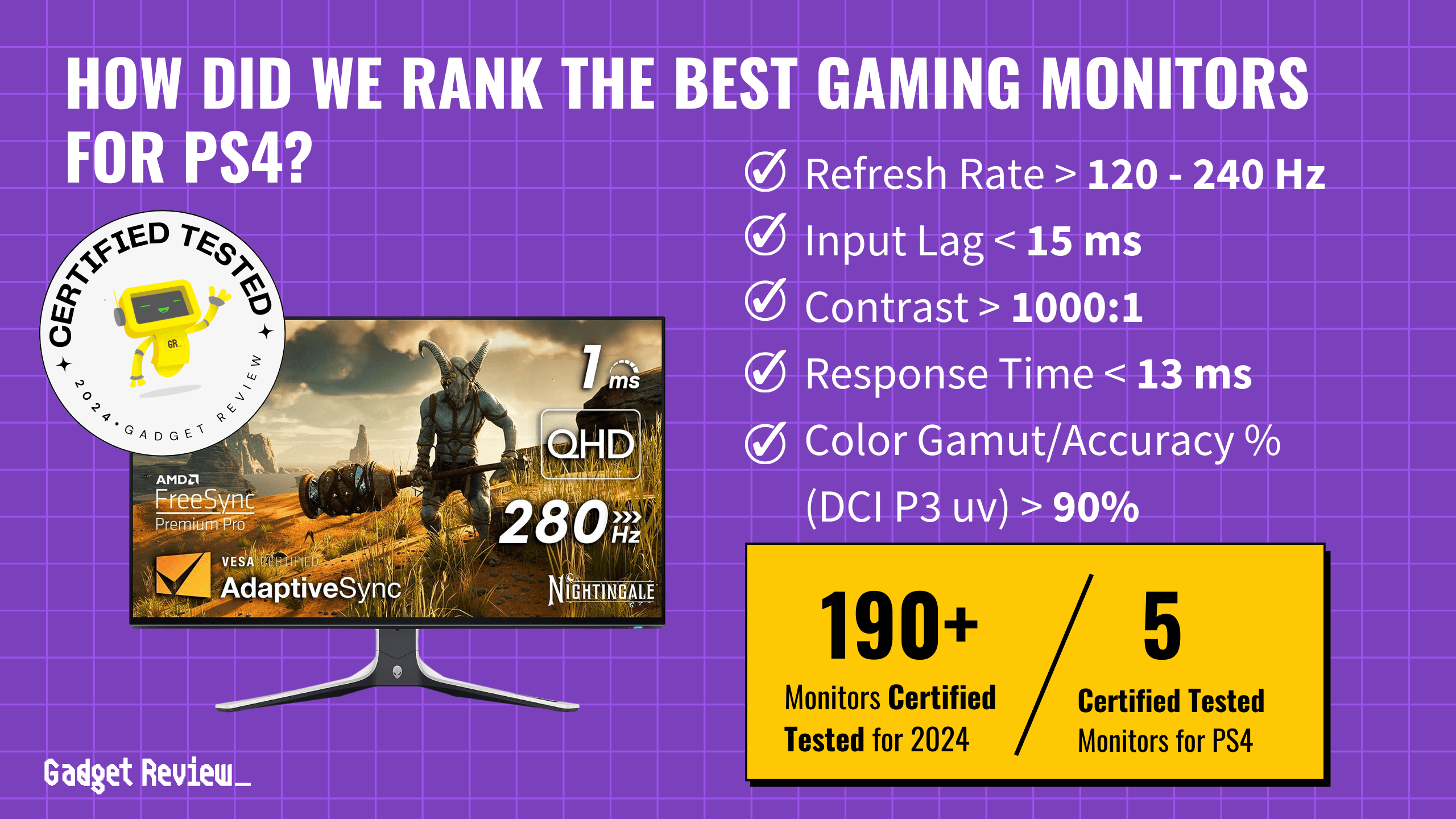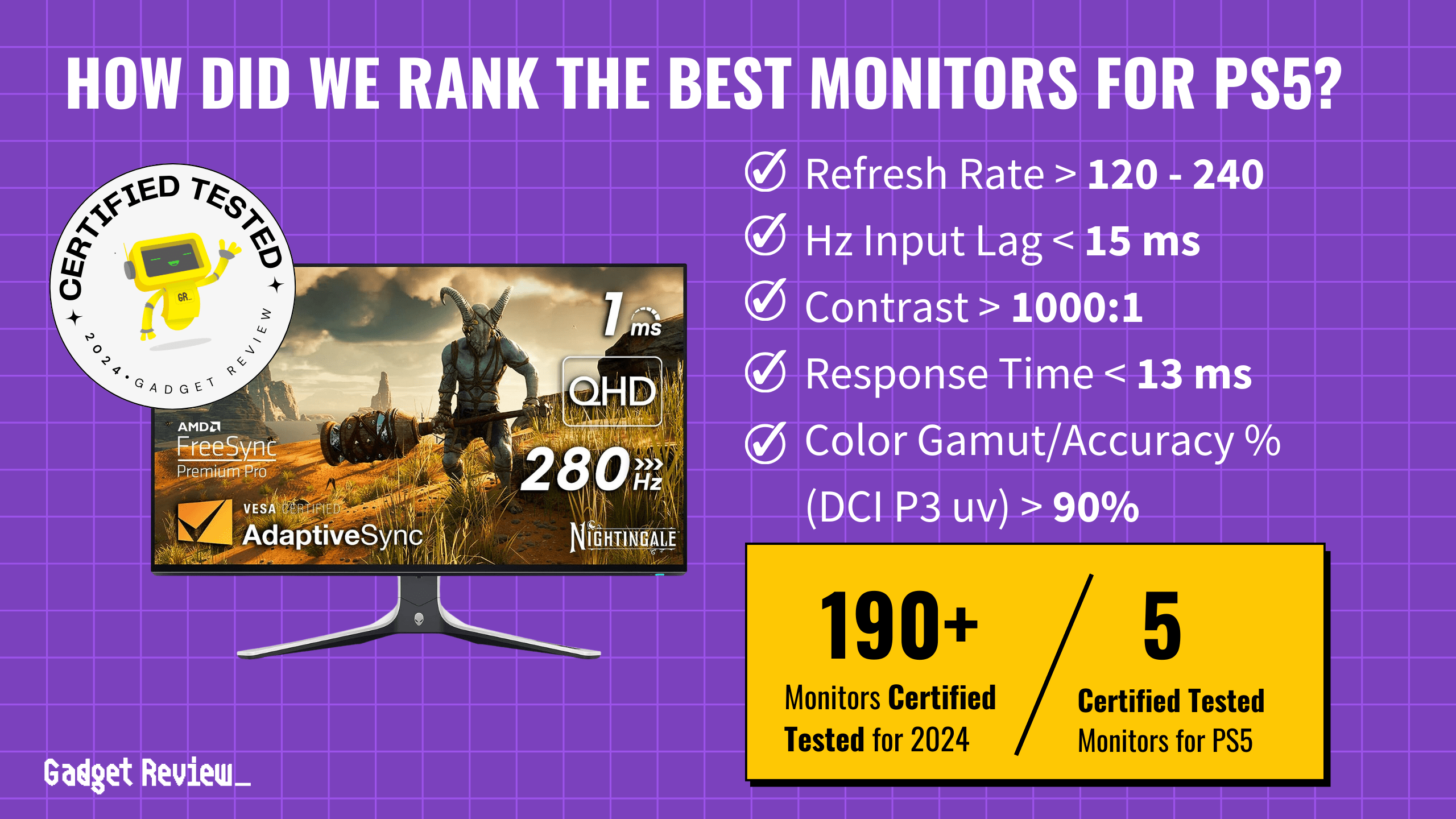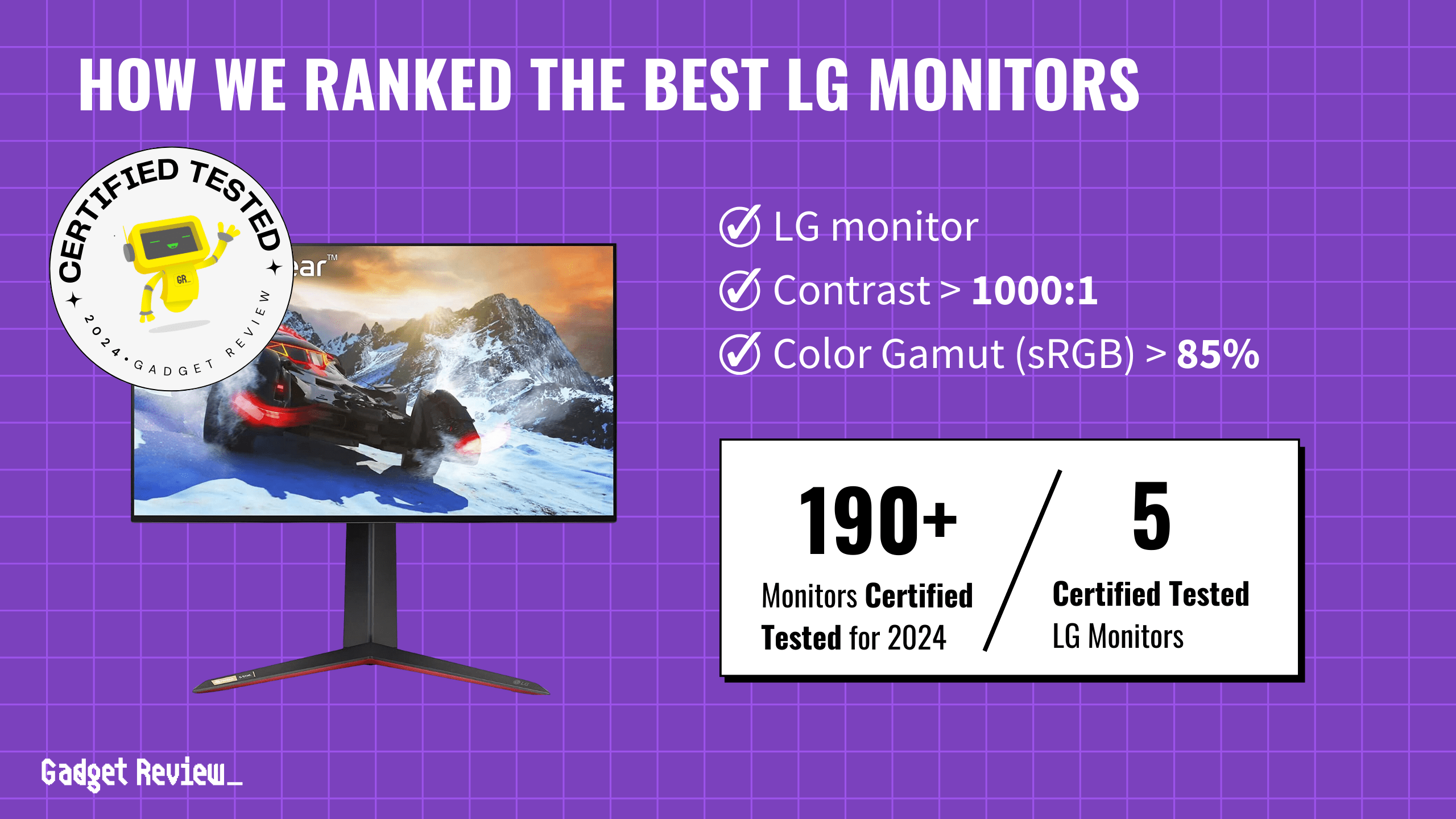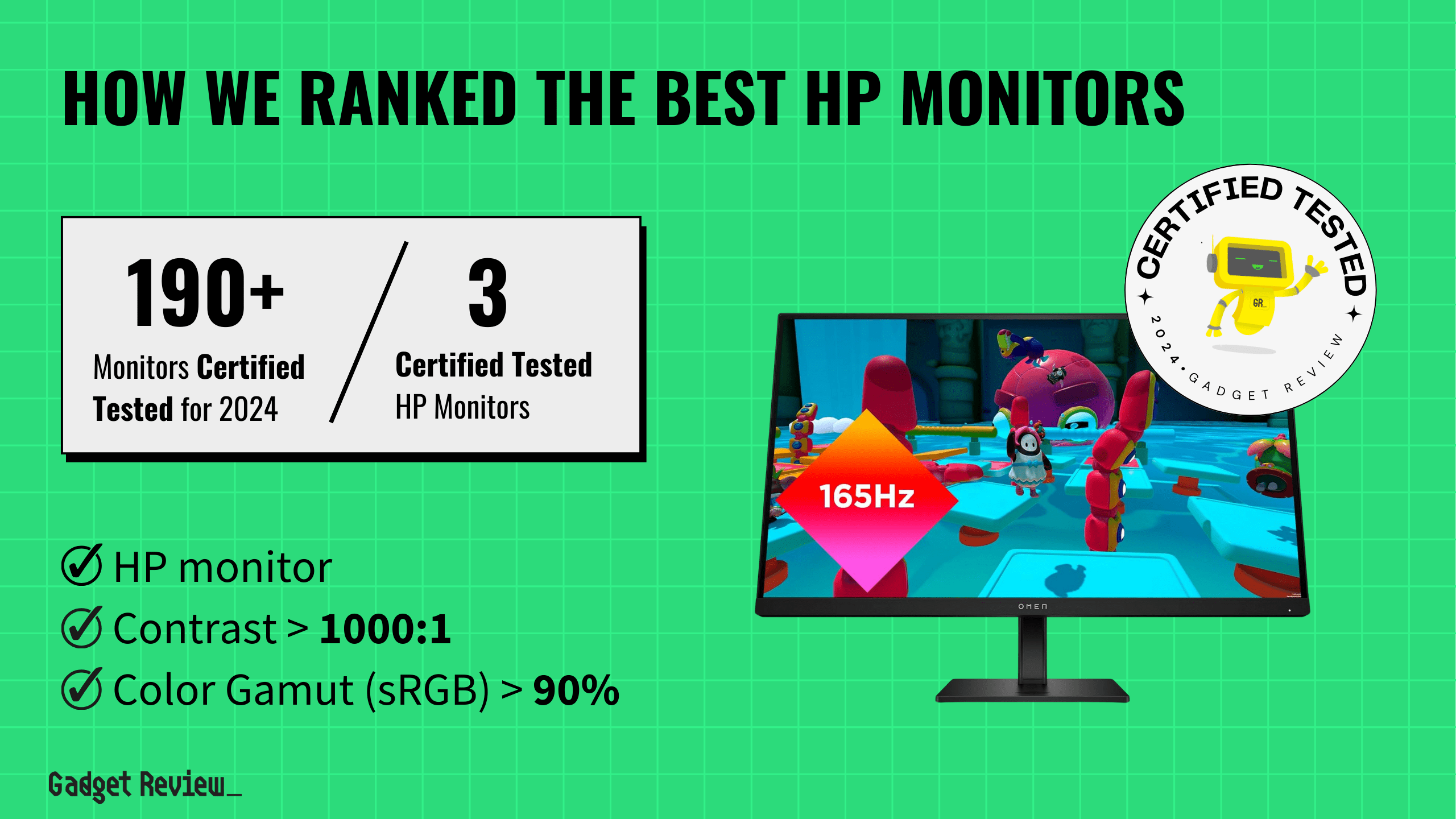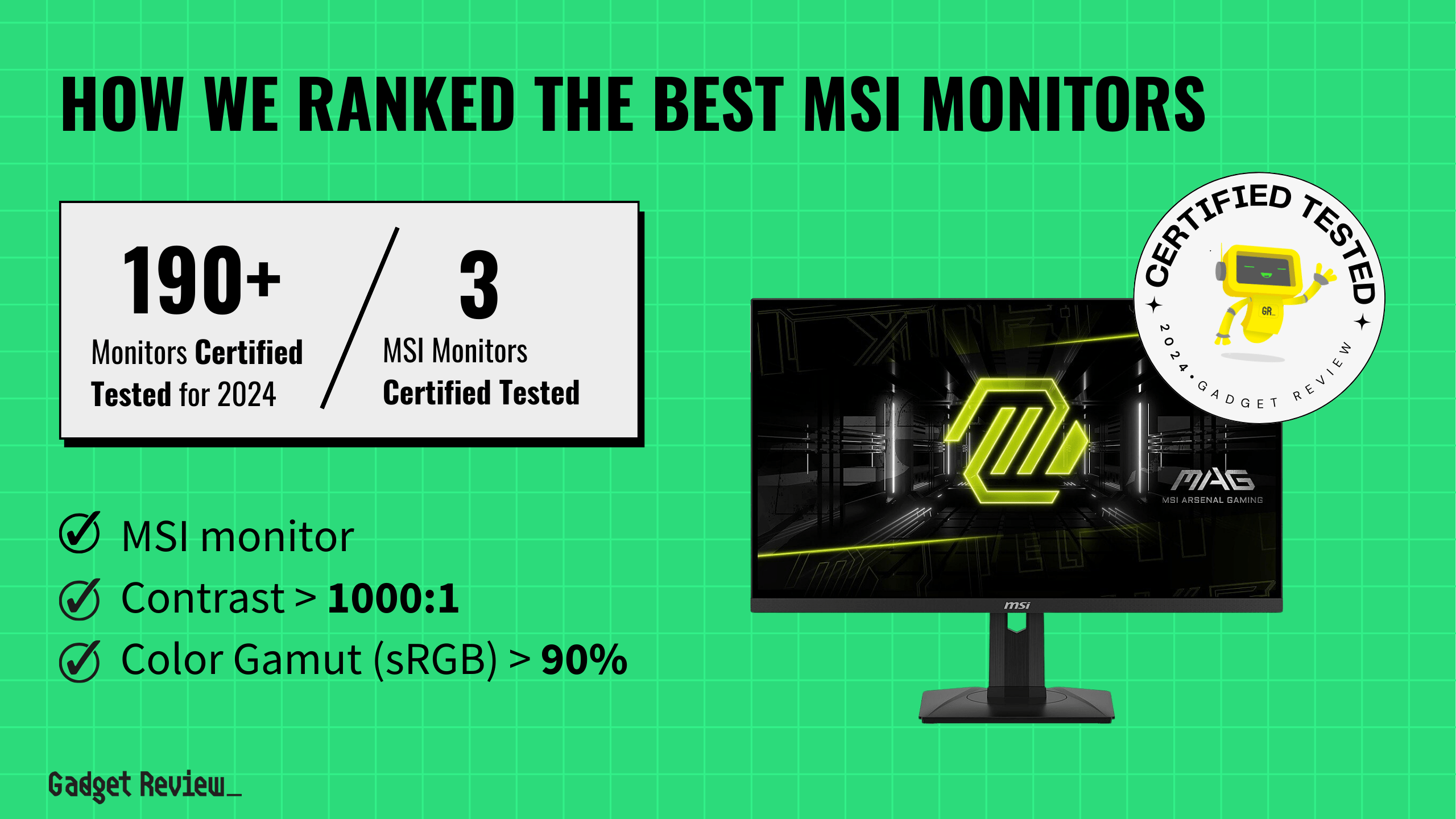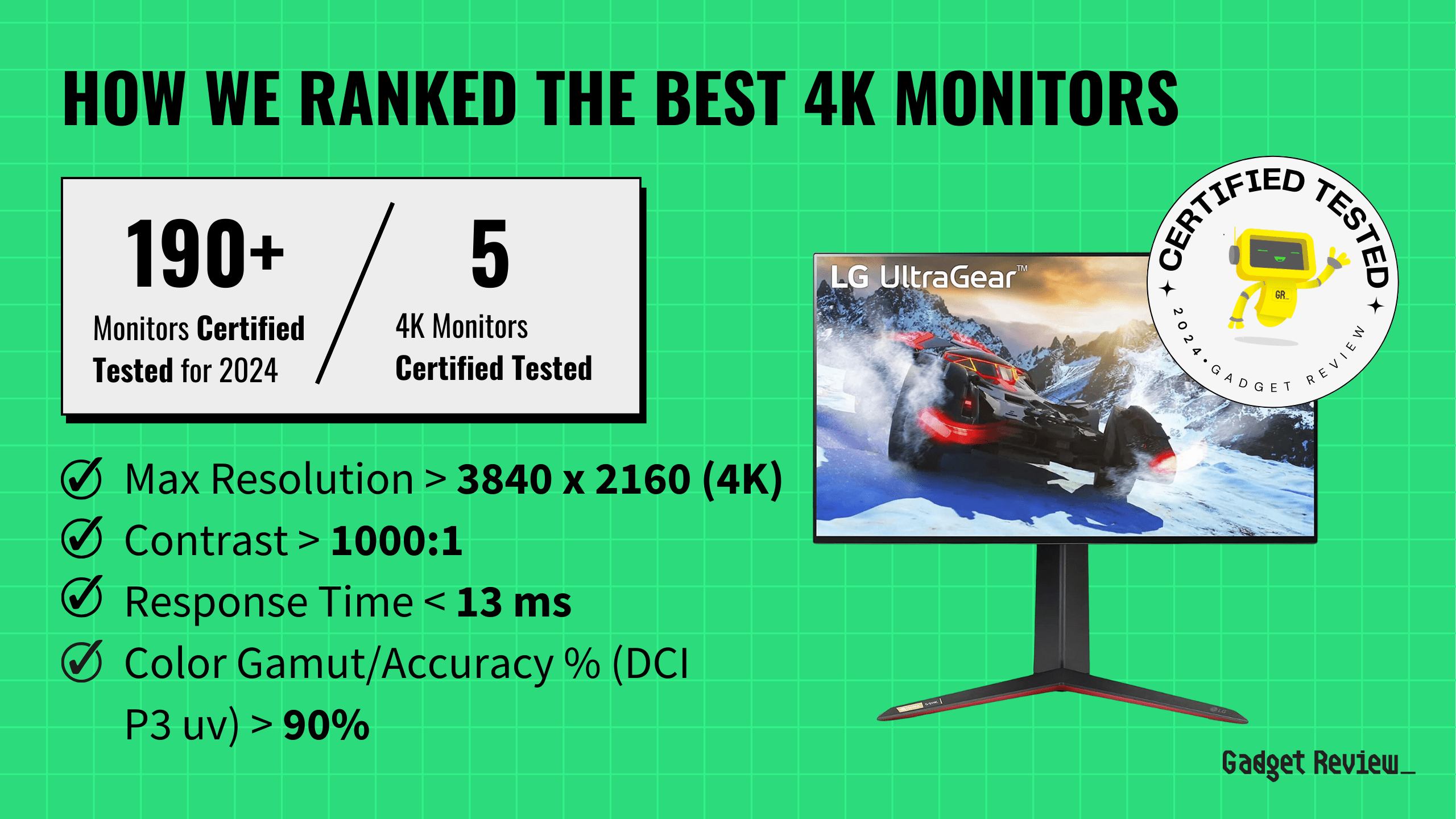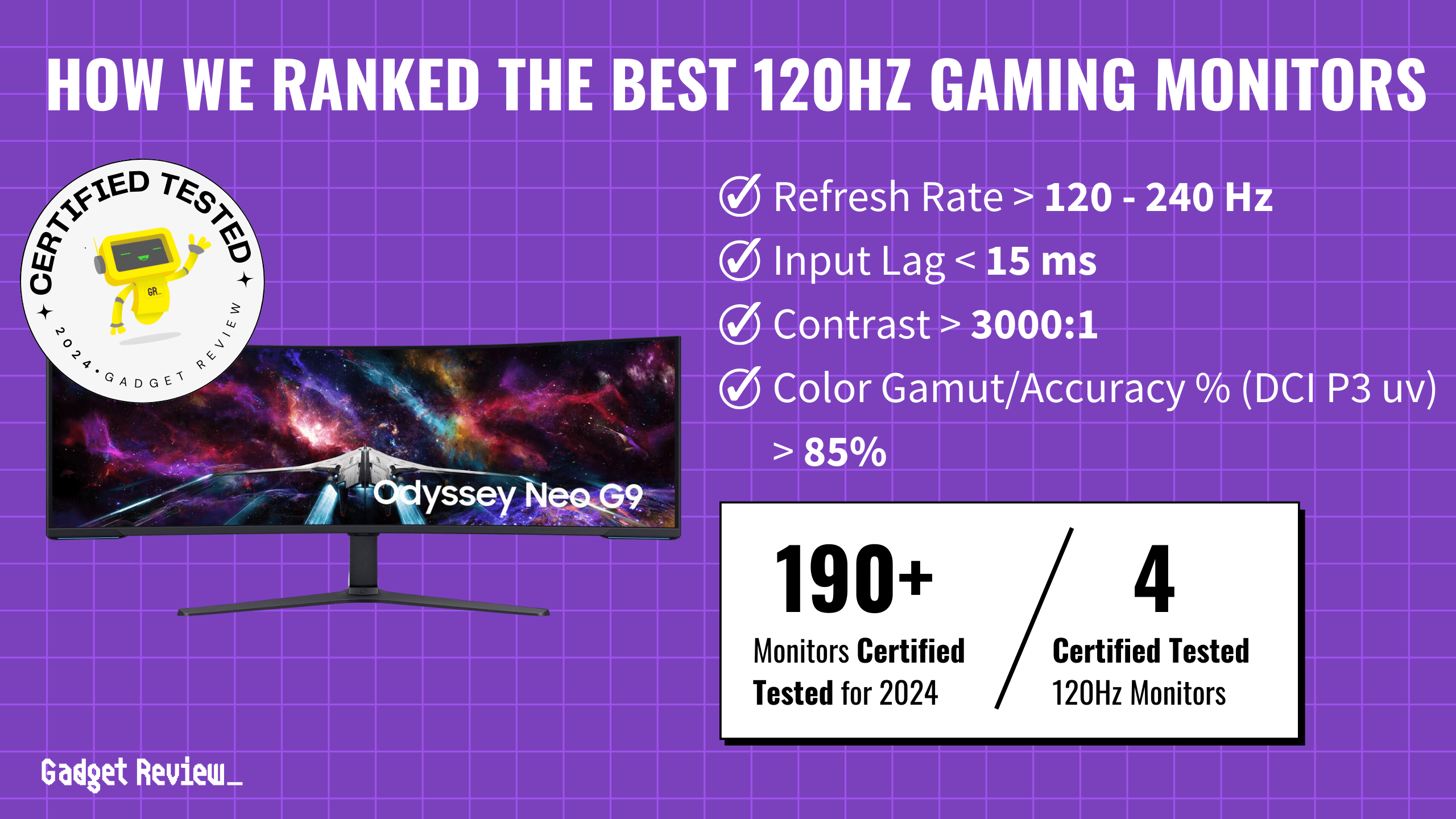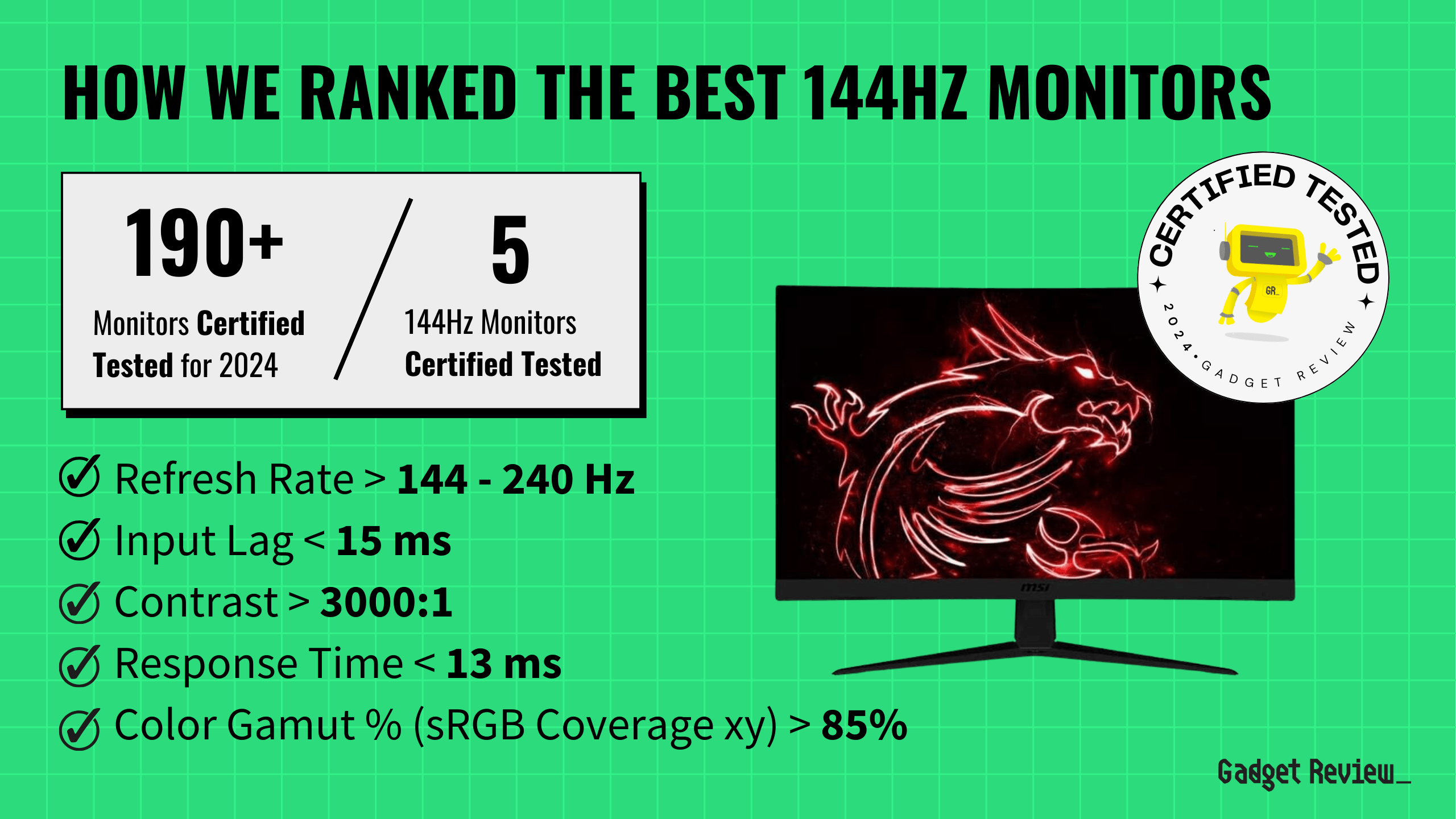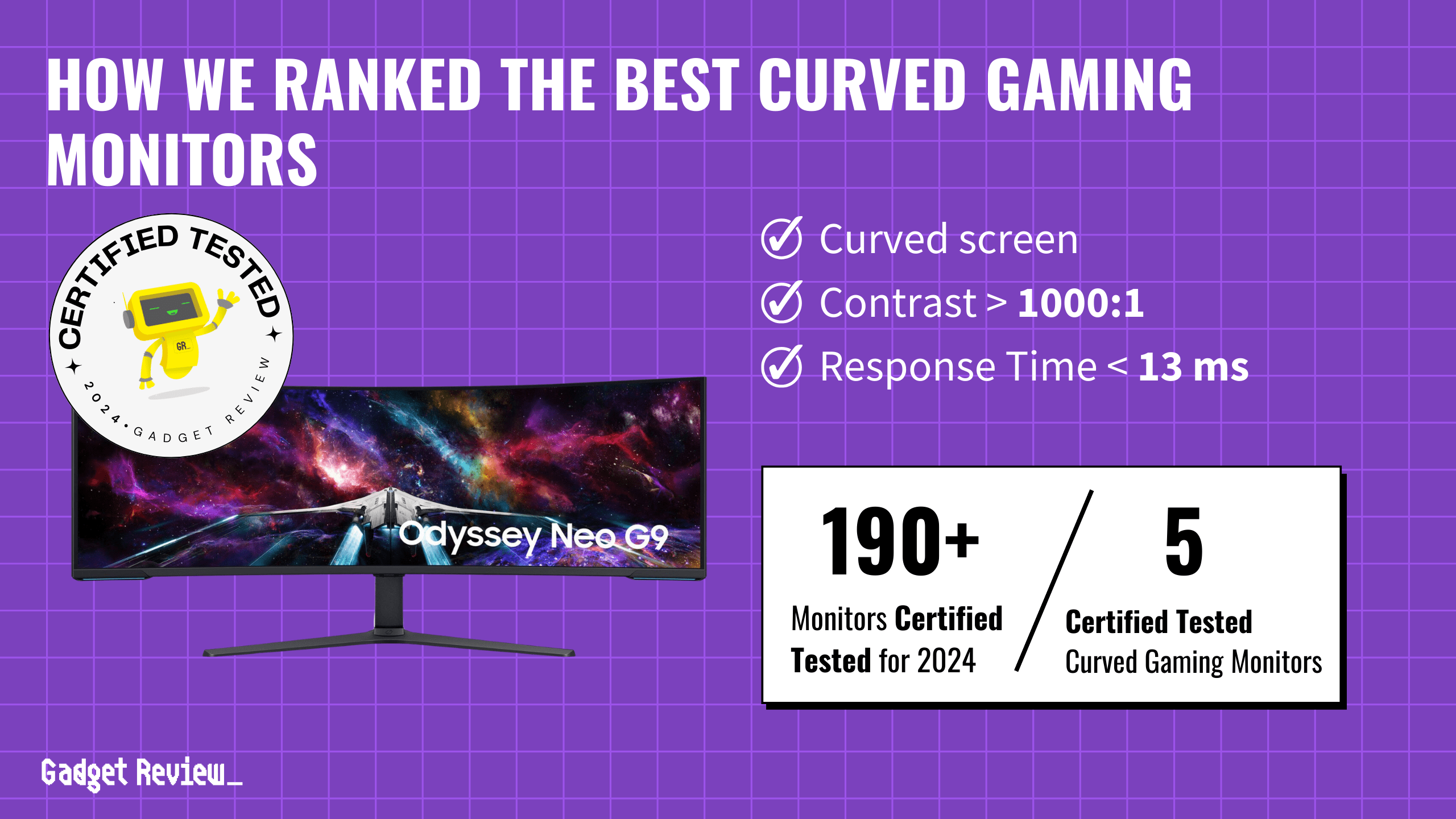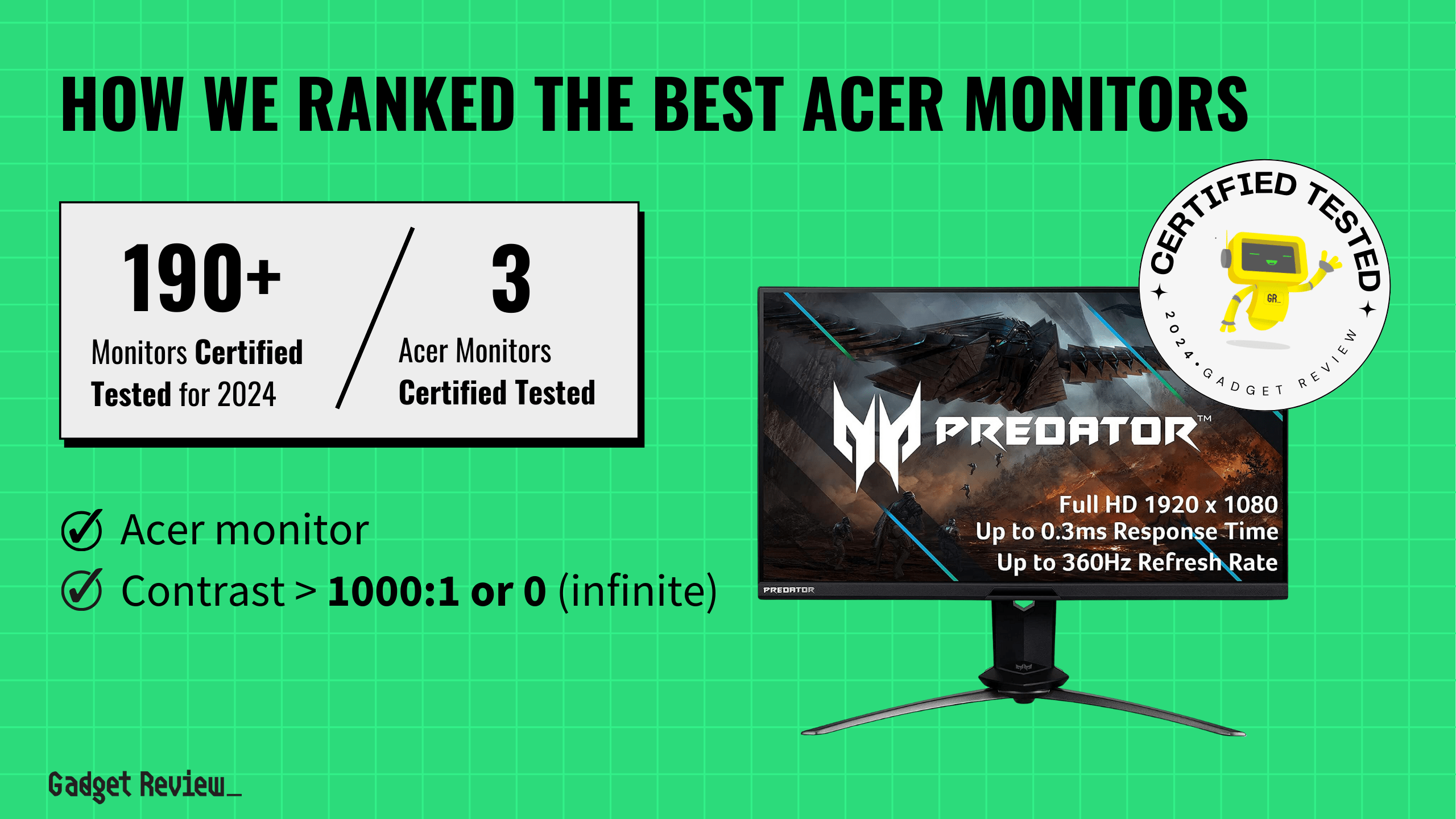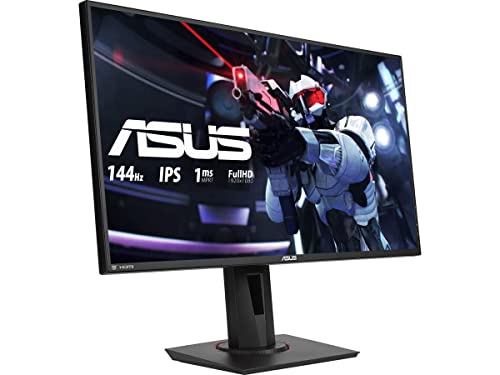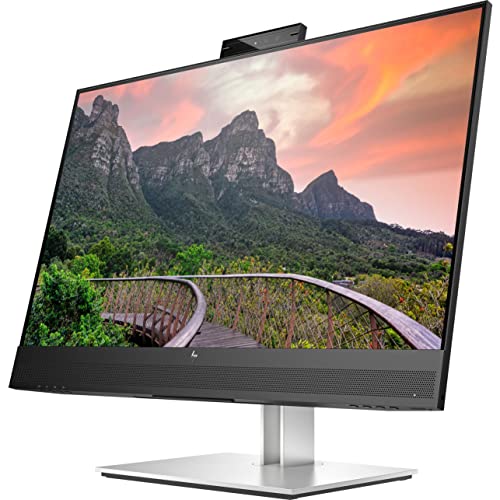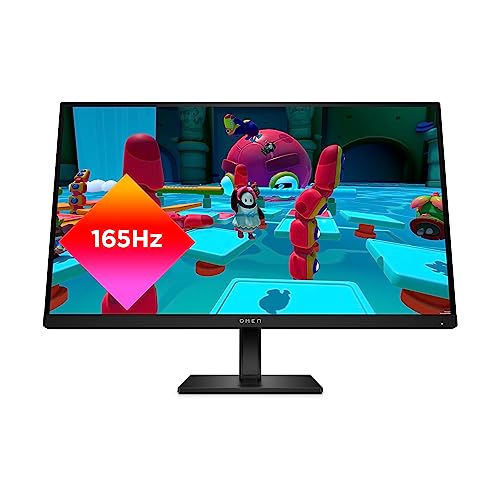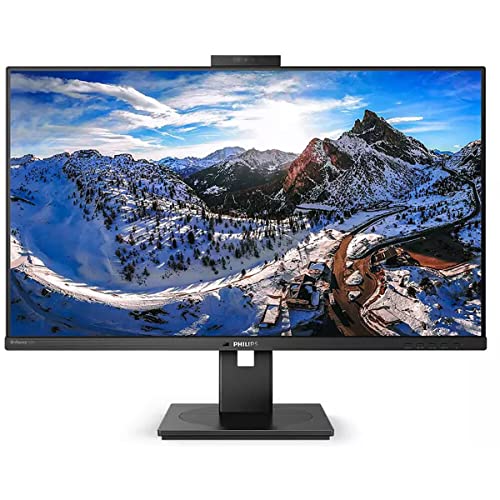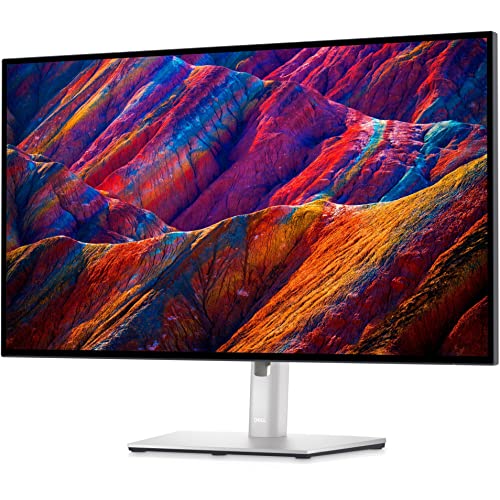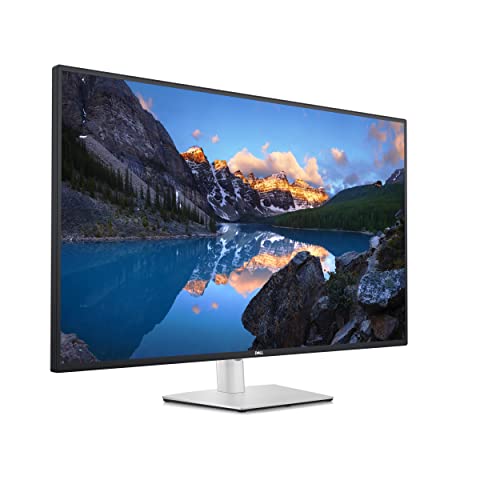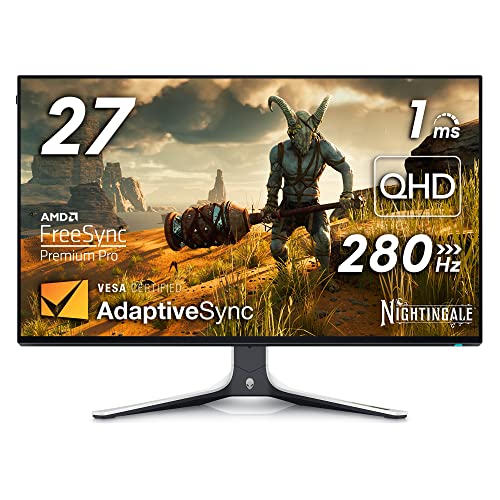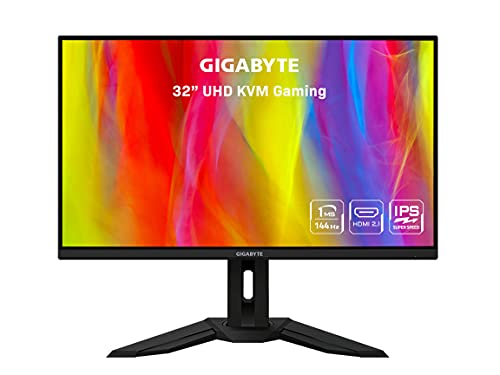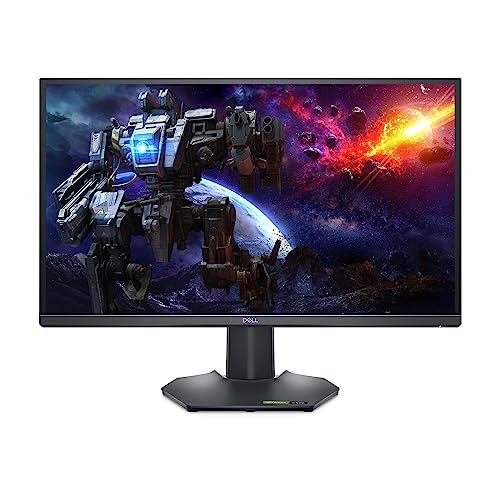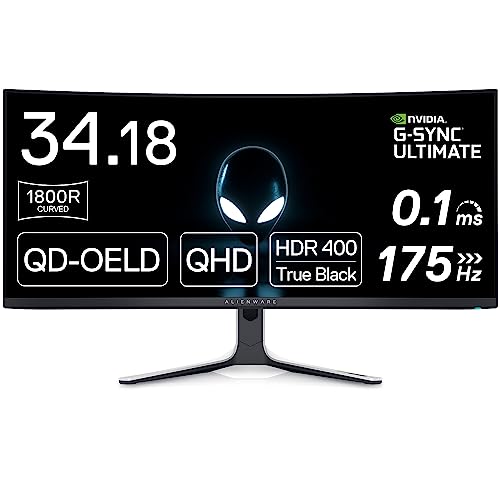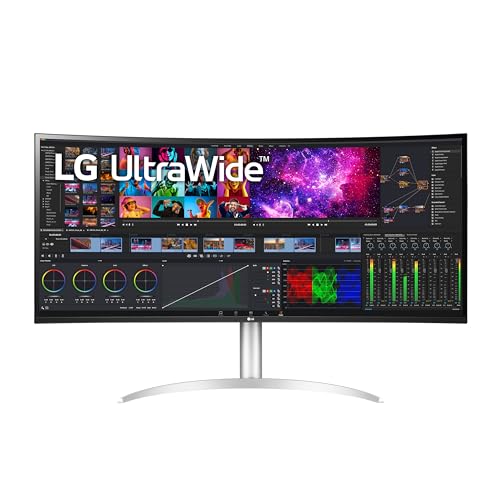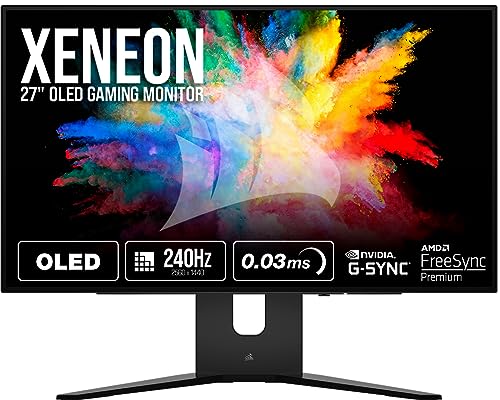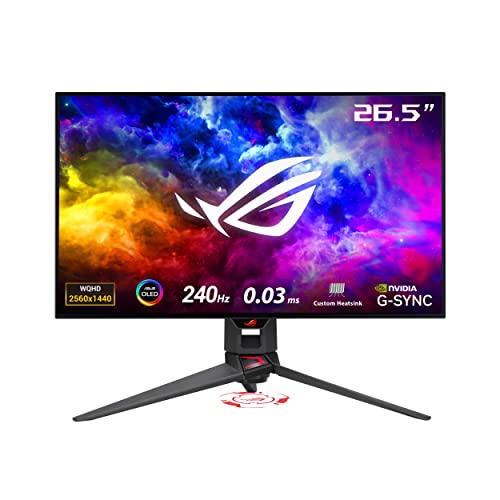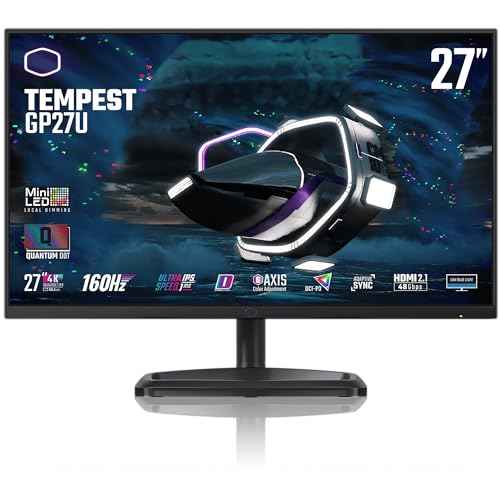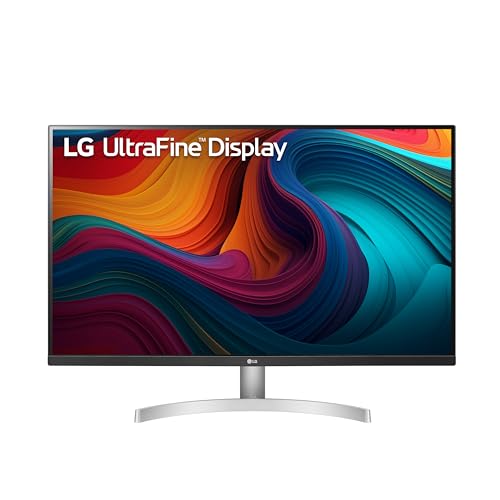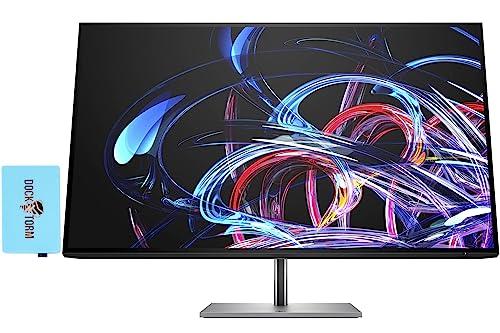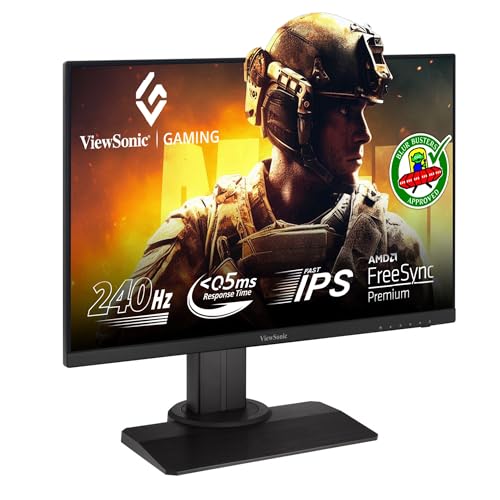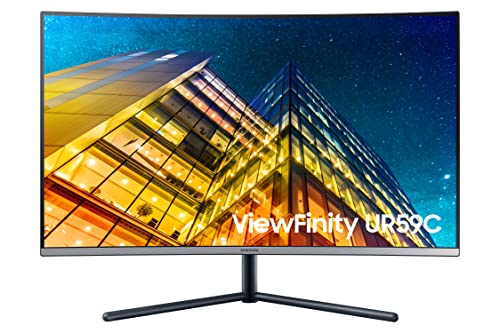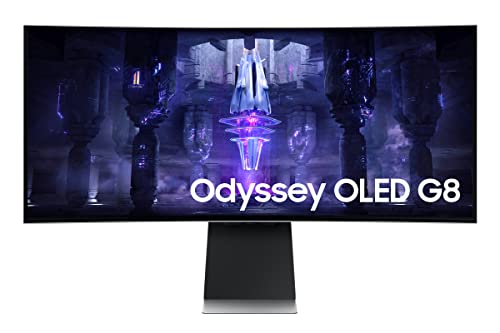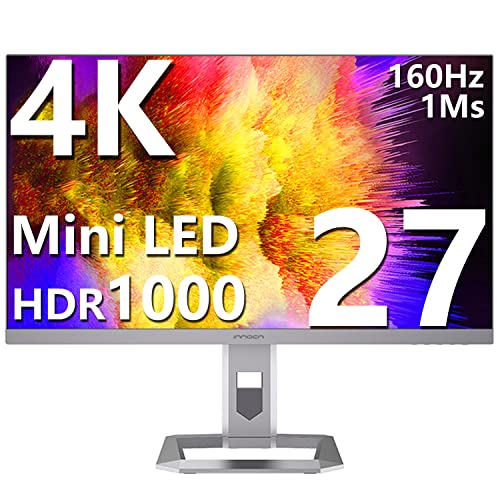Understanding the concept of nits brightness is crucial for digital displays. From the smartphone screen in your hand to the television in your living room, the brightness level plays a vital role in your viewing experience. Nits, a unit of measurement for brightness, directly impact how we perceive images on various screens. This article will dive into the world of nits, exploring everything from its basic definition to its role in future display technologies. Whether you’re a tech enthusiast or just curious about the best gaming monitor’s brightness, this guide will illuminate the subject of nits brightness.
Key Takeaways_
- The brightness of a light source is measured by Candela (cd/m2) and nit.
- Most consumers do not necessarily need to pay a lot of attention to the number of nits on a screen because they cannot tell the difference.
- An outdoor LED screen needs to have 5000 nits for people to be able to see it in bright sunlight.
What Are Nits?
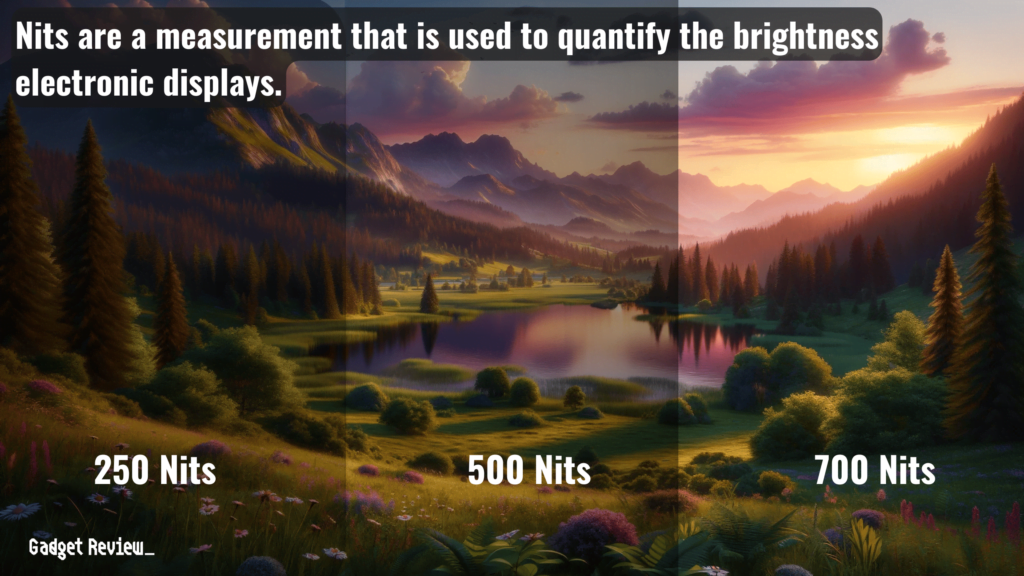
Nits are the units of measurement used to quantify the brightness of displays. One nit is equivalent to one candela per square meter, a standard unit derived from the luminous intensity of a single candle.
Understanding nits is essential for comparing the brightness level of various screens, from LED displays to mobile devices.
The term ‘nit’ originates from the Latin word ‘nitere’, meaning ‘to shine’, aptly describing its function in measuring the intensity of light emitted from a screen.
Measuring the nits brightness involves quantifying the light intensity per square meter of a display surface.
Let’s say that you have placed a candle inside a cubicle box with a surface area of one meter by one meter. If you total the amount of light from the candle, you get what is known as “one candela.” All the light that knocks off the wall is what is known as “one nit.”
When you add more candles inside the cube, you add more nits, resulting in more light in the cube. For instance, if you place 350 candles into the cube, you will have 350 nits.
This measurement is crucial for ensuring optimal brightness, especially in environments with direct sunlight or well-lit rooms.
insider tip
One nit is the amount of light that spreads over a square meter.
Display manufacturers use various tools, like a digital lux meter, to measure this brightness level. The process helps in creating displays that offer a perfect balance between brightness and picture quality, ensuring a lifelike image that’s comfortable to view.
Nits vs. Other Brightness Measurements
When discussing display brightness, nits are often compared with lumens and luminous flux.
While nits measure the light intensity a screen emits, lumens quantify the total amount of visible light from a light source. The difference lies in their focus: nits are concerned with the brightness level of displays, whereas lumens measure the overall light output.
A movie theatre screen usually has about 50 nits, while your mobile phone, which you can use outside, has between 300 and 400 nits brightness, on average.
insider tip
Lumen is the standard unit of luminous flux, which describes the amount of light reflected inside a one-square-meter area.
This is because a projector in a theatre projects more total light, lumens, than your mobile phone. However, more light is packed in a smaller space in the phone. That is why people are not allowed to use their phones in theatres; it’s like lighting a flare in a dark room.
This distinction is crucial in understanding why a brighter screen doesn’t always equate to a better visual experience, as factors like color accuracy and picture quality also play significant roles.
Practical Applications of Nits
Nits play a critical role in the functionality of various displays, from outdoor displays to mobile phones. A higher nits brightness means a brighter screen, which is particularly important for outdoor display variants or devices used in bright environments.
For instance, a smartphone with a maximum brightness of 2000 Nits would be more visible in direct sunlight compared to one with lower nits.
Similarly, televisions and monitors with higher nits offer a more dynamic range, enhancing the overall display experience.
The ideal brightness for a gaming monitor is typically around 300 to 350 nits, providing a balance between visibility and comfort, especially during long gaming sessions.
Understanding the User Experience
The level of nits brightness significantly affects the user’s viewing experience. A display with high nits can produce more vibrant and detailed images, especially in high dynamic range (HDR) content.
However, it’s not just about having the brightest screen; factors like viewing angle, ambient lighting, and screen size also influence the overall visual experience.
Manufacturers must balance these factors to create a display that offers both high brightness and quality viewing in various environments.
Of course, brightness isn’t the only feature important for quality; learning about color depth can help to understand more about image quality as well.
Future of Display Technology and Nits
As display technology evolves, the role of nits brightness becomes increasingly significant. Future trends point towards displays with even higher nits levels, offering more vivid and lifelike images.
Innovations in LED and LCD screen technology focus on achieving higher brightness levels without compromising color accuracy or causing eye strain. This advancement is crucial in developing the next generation of displays, from mobile LED displays to large-scale digital billboards.
In conclusion, nits are a key factor in determining the quality of digital displays.
From enhancing the visual experience on computer screens and mobile devices to ensuring clear visibility in outdoor displays, nits play a vital role in modern display technology.
Understanding nits helps in making informed decisions when purchasing new devices and appreciating the technology behind our everyday screens.
As display technology continues to advance, nits brightness will remain a critical component in delivering high-quality, immersive viewing experiences.

